Giverny, a town in Eure in Normandy, is home to the house of the painter Claude Monet, one of the leaders of the Impressionist movement. His house and the gardens inspired the painter in his creations and became the museum of the Claude Monet Foundation located not far from the museum of impressionisms of Giverny.
Impressionism is a movement born in France in the 1860s in opposition to academic art, aiming to represent the ephemeral nature of light and its effects on colors and shapes. It is made up of a group of artists who chose to exhibit on the sidelines of the official Salon between 1874 and 1886. Among them are Pissaro, Renoir or Manet who was the leader of the new realist painters who invented the movement. Everyday subjects and scenes replace historical, mythological and oriental themes. Instead of large frescoes, painted objects restoring the joys and sorrows of humans.
Among the impressionist painters, we find Pierre Auguste Renoir (Lunch of the boaters, The 2 sisters or La grenouillère); Gustave Caillebotte, artist and patron of Paris in the 19th century (Rue de Paris, rainy weather, Floor planers, View of rooftops); Camille Pissaro, dean and initiator of the movement but also collaborator of Cézanne (Gelée blanche, Boulevard Montmartre, night effect); Paul Cézanne, known only in 1895 (80 works including the Montagne Ste Victoire seen from Bellevue); Edgar Degas (Absinthe, Dance Class); Edouard Manet, friend of Zola and author of still lifes (Déjeuner sur l’herbe; Olympia) or even Vincent van Gogh, friend of Paul Gauguin (Irises, Sunflowers, Starry Night, self-portrait) and of course Claude Monet, creator of Impressionism (Impression Soleil Levant, Les Nymphéas).
Who was Claude Monet?
Born November 14, 1840 in Paris, Claude Monet spent his childhood in Le Havre. In 1858, he was introduced to painting by Eugène Boudin with whom he worked. The following year, he joined the Swiss Academy in Paris to study art. After discovering Manet’s canvases, he decides to go with other painters to Fontainebleau to paint in the open air. During a trip to London in 1871, he discovered Turner who inspired him and endeavored to capture the effects of light on water. In 1874, when he was not accepted by the jury of the official Paris Salon as well as around thirty other artists, he decided to exhibit their paintings in the studio of their photographer friend bearing the pseudonym of Nadar. . The article by critic Louis Leroy speaks of « impressionists » in reference to Claude Monet’s painting, « Impression Soleil Levant ».
In 1883, Monet moved to Giverny in Normandy. he then exhibited abroad, in New York in 1887 then alongside Rodin in 1889. The following year, he bought the house in Giverny and landscaped the gardens by creating the pond of water lilies which inspired him for a series of tables.
After suffering from cataracts in 1920, he had one eye operated on in 1923 and regained his sight a little. Suffering from lung cancer in 1926, he died on December 5, 1926 and was buried in Giverny in the family vault in the presence of Georges Clémenceau.
The gardens and the house of Giverny
Claude Monet lived in Giverny in his house surrounded by gardens, from 1883 to 1926. For 43 years, he fitted out the house to his liking, adapting it to his family and professional life. The place houses his salon-studio and a collection of Japanese prints. The gardens are composed of the Clos Normand, in front of the house, planted with flower beds as well as the Water Garden, planted with oriental plants and weeping willows with its Japanese bridge painted green and its water lilies. The 2 parts oppose and complement each other. Monet was proud of his garden and enjoyed entertaining his friends there.
The gardens
Originally, the Clos Normand was an orchard surrounded by a high stone wall. A shady alley of fir trees crossed it but the painter had the conifers felled and only kept the 2 yews near the house. The central aisle is covered with hoops adorned with climbing roses, flower beds (poppies, daisies, nasturtiums) embellish it. Passionate about botany, he exchanged plants with his friends Clémenceau or Caillebotte.
The Jardin d’Eau is an extension of the property, purchased in 1893; this is the neighboring land on the other side of the railway line. It is crossed by a small stream, the Ru, a derivation of the Epte. Monet had a first small basin dug where plants were planted (water lilies, reeds and irises) in order to find his inspiration for painting. The garden is then enlarged as a Japanese garden with the bridge covered with wisteria and other smaller ones with willows, a bamboo forest and water lilies.
The House
During the 43 years that Monet lived in Giverny, he did a lot of development work. Initially, it was an apple press, hence its name « Maison du Pressoir ». Small in size, it is enlarged on each side to make a farmhouse 40 meters long by 5 wide.
The back-to-back barn becomes the painter’s first studio thanks to the installation of a floor and a staircase leading to the main house. He stores his paintings there and does the alterations. A floor is then added above the workshop to accommodate a bedroom and a bathroom. The left side of the house is reserved for the painter, becoming his work and rest area. You can see that the windows have been enlarged and that a lean-to at the other end of the house has been replaced by a large kitchen. Rooms have been fitted upstairs for children as well as in the attic.
The facade, where Virginia creeper grows, is pink with green shutters and to blend in with the garden, a gallery is installed in front of the house with a pergola covered with climbing roses.
The house has 3 entrances: the one on the left gives access to Monet’s apartments; in the center, the main entrance and on the right the service entrance to the kitchen.
Interior
On the ground floor, the blue lounge opens the visit. This small salon-boudoir is covered in blue on the walls and furniture, which matches the more than 200 Japanese prints that Monet collected throughout his life. The floor is paved with cement tiles.
The next room is the entrance; transformed into a grocery store, it allows food to be kept cool, including tea and eggs stored in 2 boxes hung on the wall. Bamboo furniture has locked doors and drawers.
We then move on to the artist’s studio where he kept his paintings. There are period furniture and trinkets as well as the bust of Monet made by Paul Paulin.
Upstairs, accessible by a staircase from the grocery store, is Claude Monet’s bedroom. It includes a single bed which was the place of his last breath in 1926, a chest of drawers and an 18th century desk. The walls are decorated with paintings by his contemporary painter friends. Next door, the bedroom of the painter’s wife, Alice. The 2 rooms communicate with each other thanks to their respective toilets.
A second staircase leads to the ground floor which houses the dining room in the right wing, a large room painted in 2 shades of yellow. The sideboards are lined with blue tableware and the walls are covered with Japanese prints by Hokusai, Hiroshige and Utamaro. Finally, the blue-colored kitchen that communicates with the dining room. The walls are covered with ceramic tiles from Rouen and a collection of copper pans hang there. The cast iron wood and coal stove maintains the heat. The exit is via the kitchen staircase which overlooks the garden.
The museum
The Museum of Impressionisms has been open since 2009, a stone’s throw from the Monet Foundation in Giverny. Its vocation is to make known the origins, the geographical influence and the development of this artistic current which has upset the history of painting. He is also interested in Post-Impressionism in France and abroad. The current influenced the art of the 20th century. You can also admire masterpieces from all over the world. It is also possible to attend concerts and workshops for young and old.
The Museum of Impressionisms, very close to the master’s house, is based in the former Museum of American Arts, a modern building with avant-garde architecture in harmony with nature and enhanced by the gardens. The architects played on the different levels and volumes on the harmonies of colors and materials.
The foundation
Created on June 1, 1980, the Claude Monet Foundation is responsible for the restoration of the estate under the direction of Gérald and Florence Van der Kemp, who appealed to American patrons to save the property. Gilbert Vahé, a young gardener, brings the gardens back to life. The walkways are widened, cemented and lined with bricks to better accommodate visitors from around the world.
Having become the second tourist site in Normandy after Mont-St-Michel, it welcomes more than 500,000 visitors a year, from April 1 to November 1.
House and gardens of Claude Monet
84 rue Claude Monet
27620 Giverny
Phone: +33 (0)2 32 51 28 21
contact@fondation-monet.com
From April 1 to November 1 from 9:30 a.m. to 6 p.m.
(last admission at 5:30 p.m.)
Share this content:


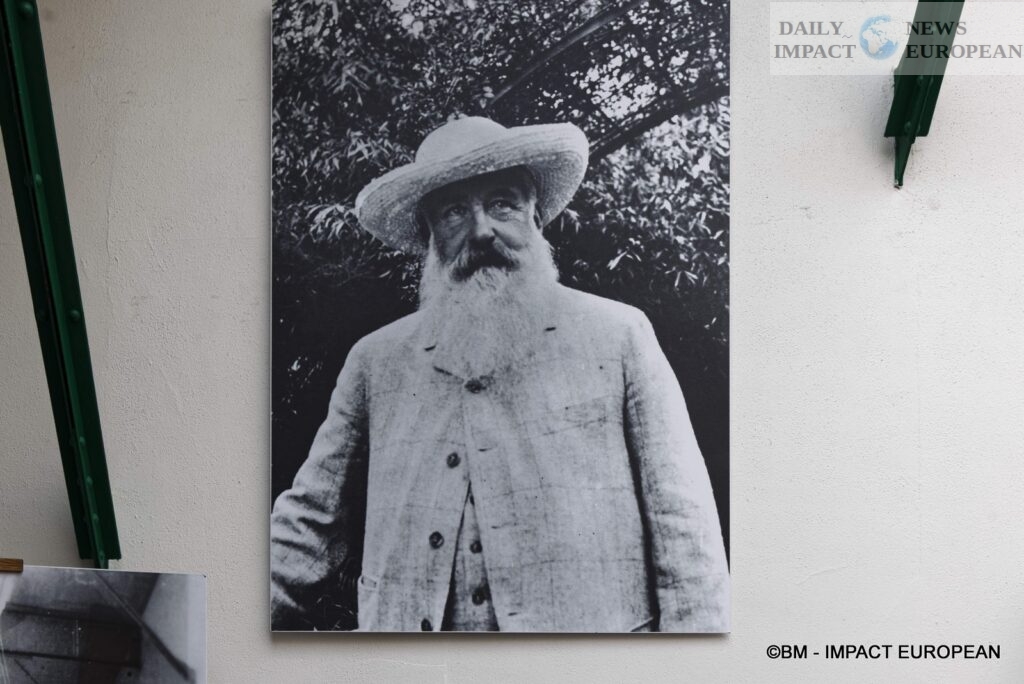
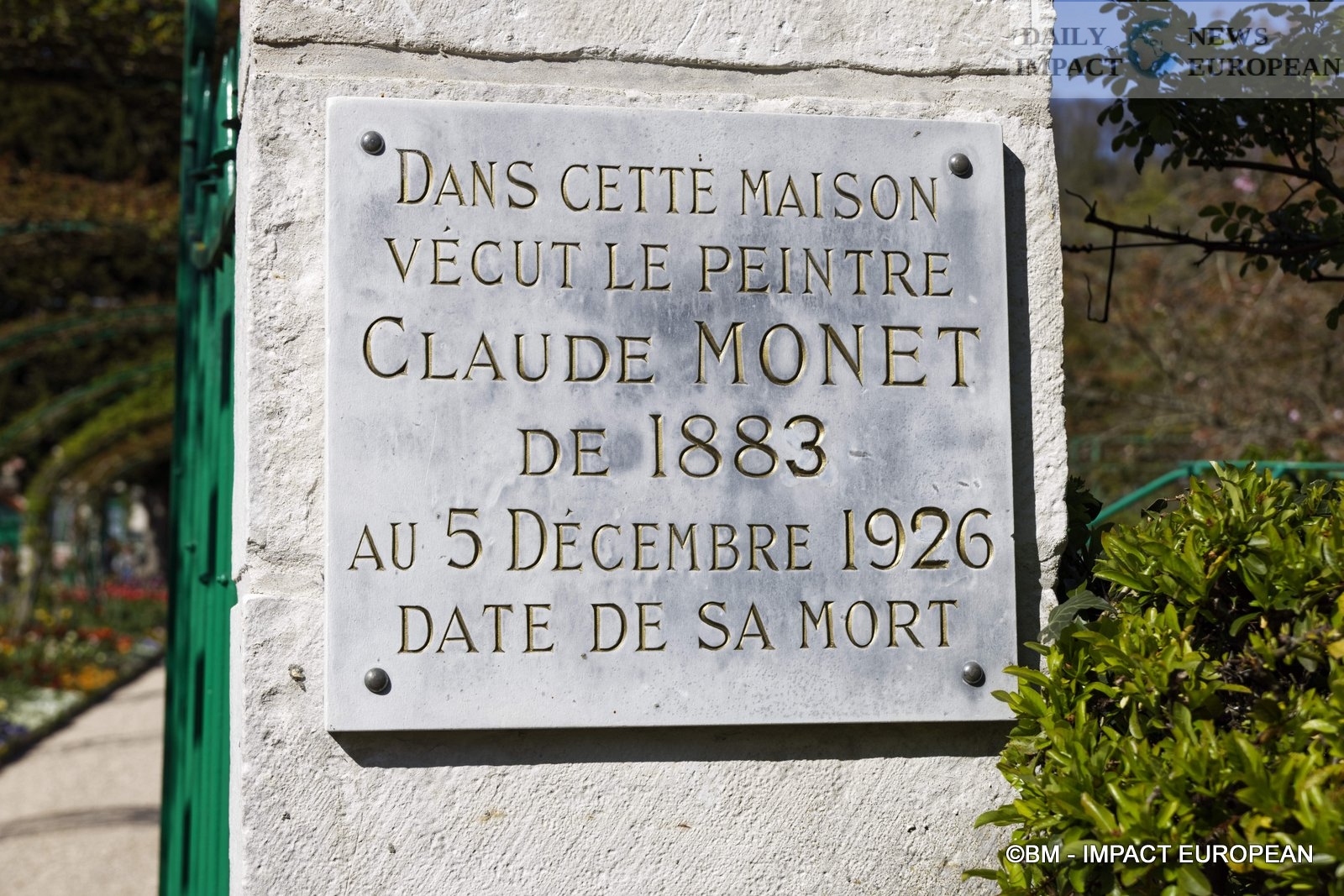
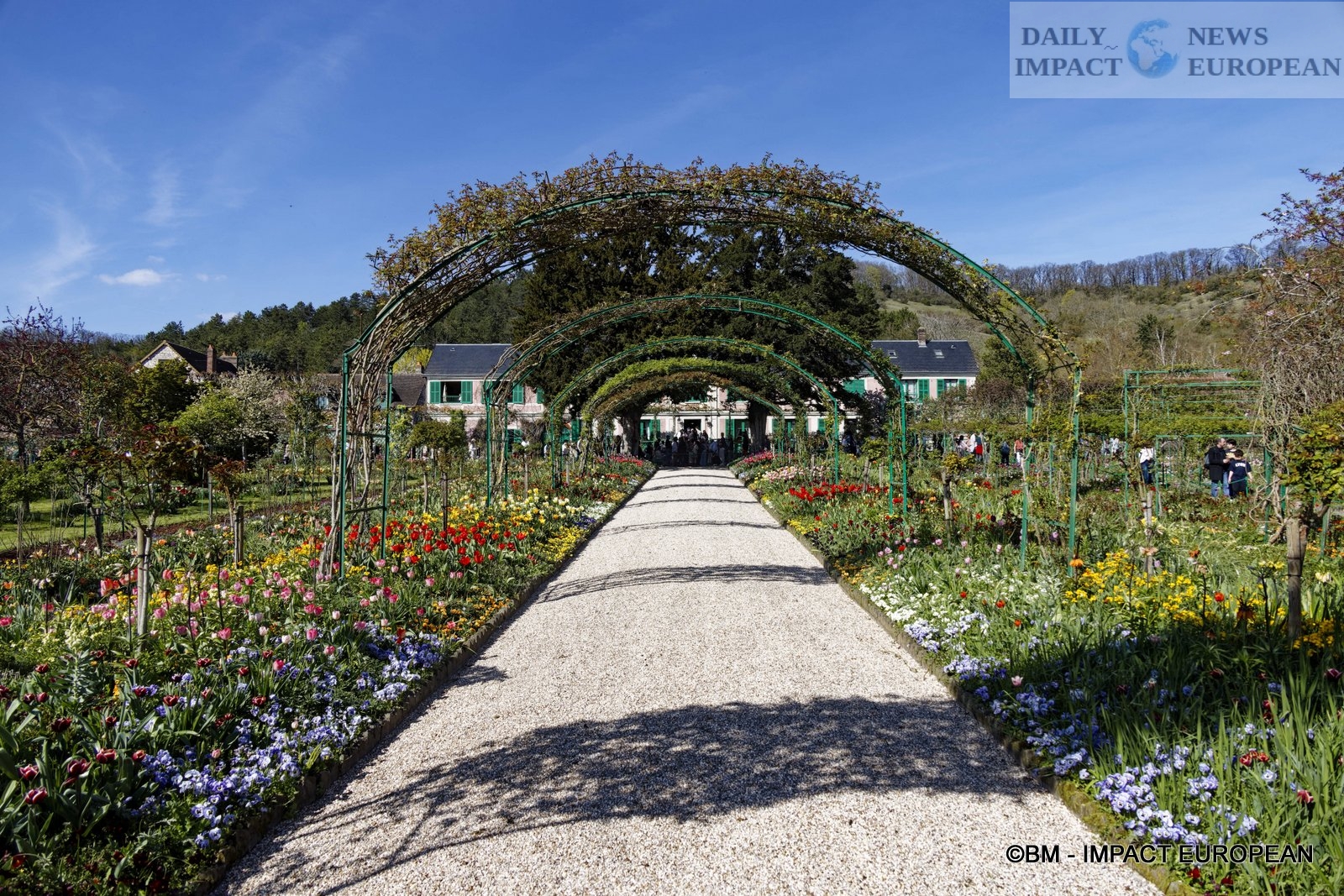
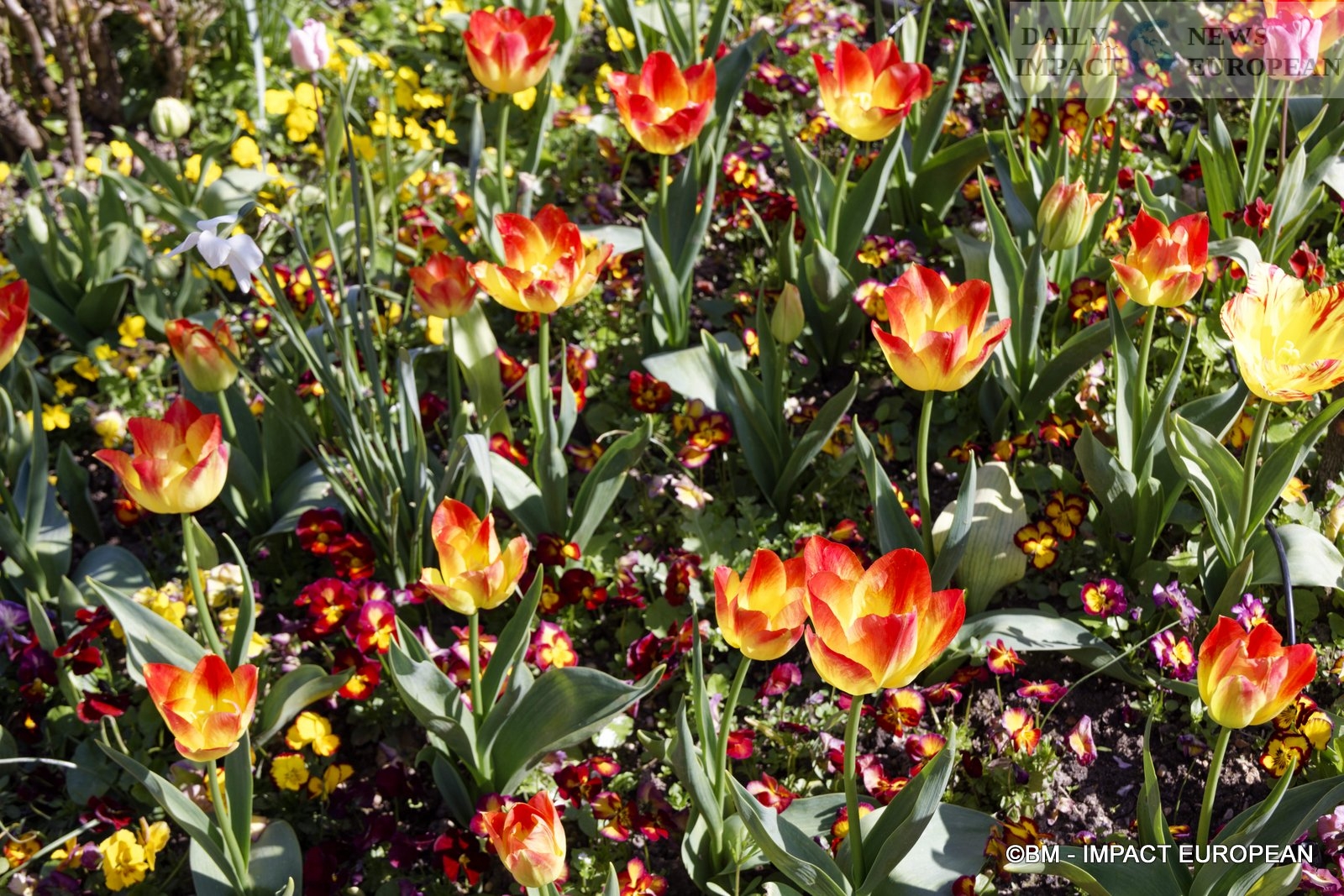
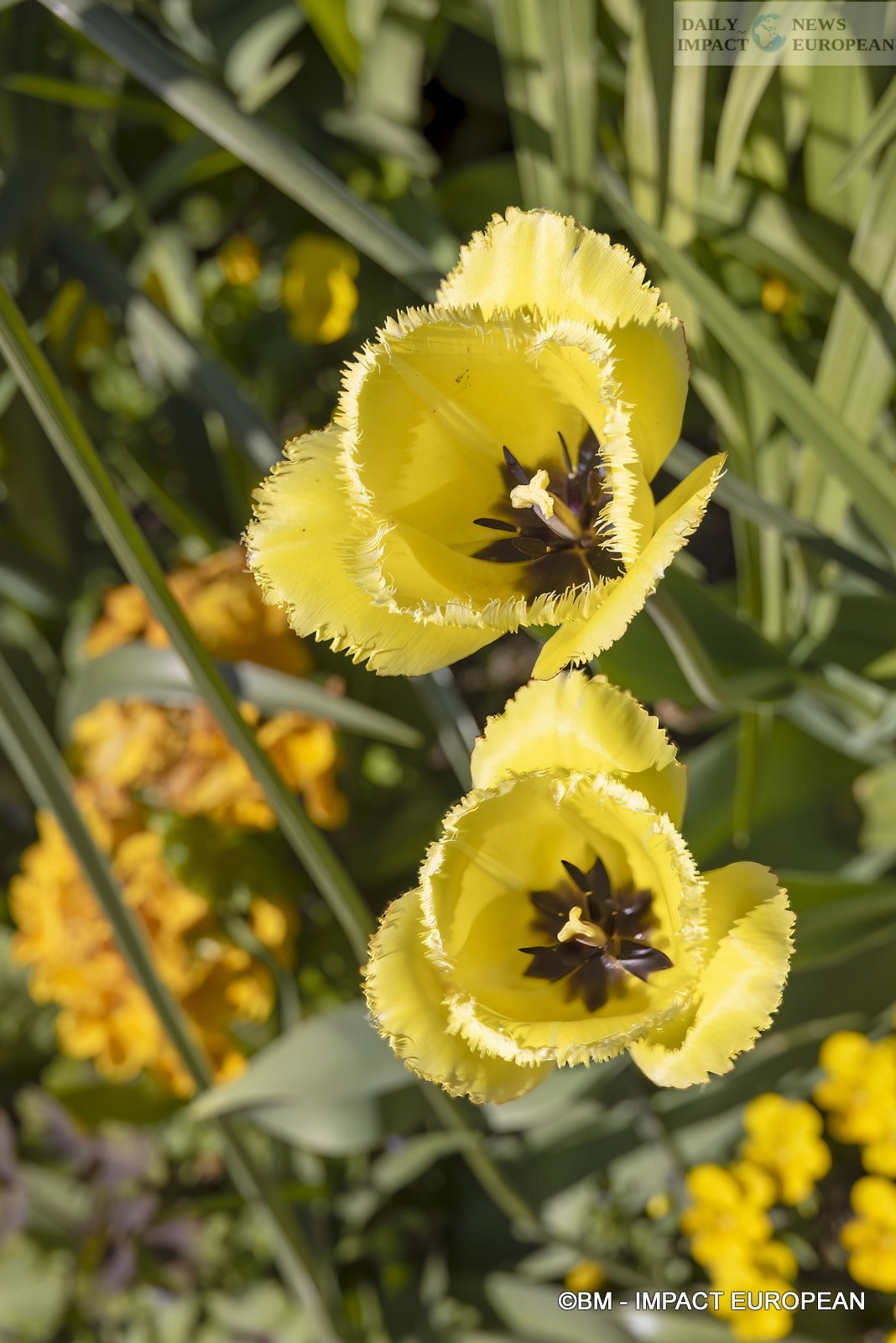
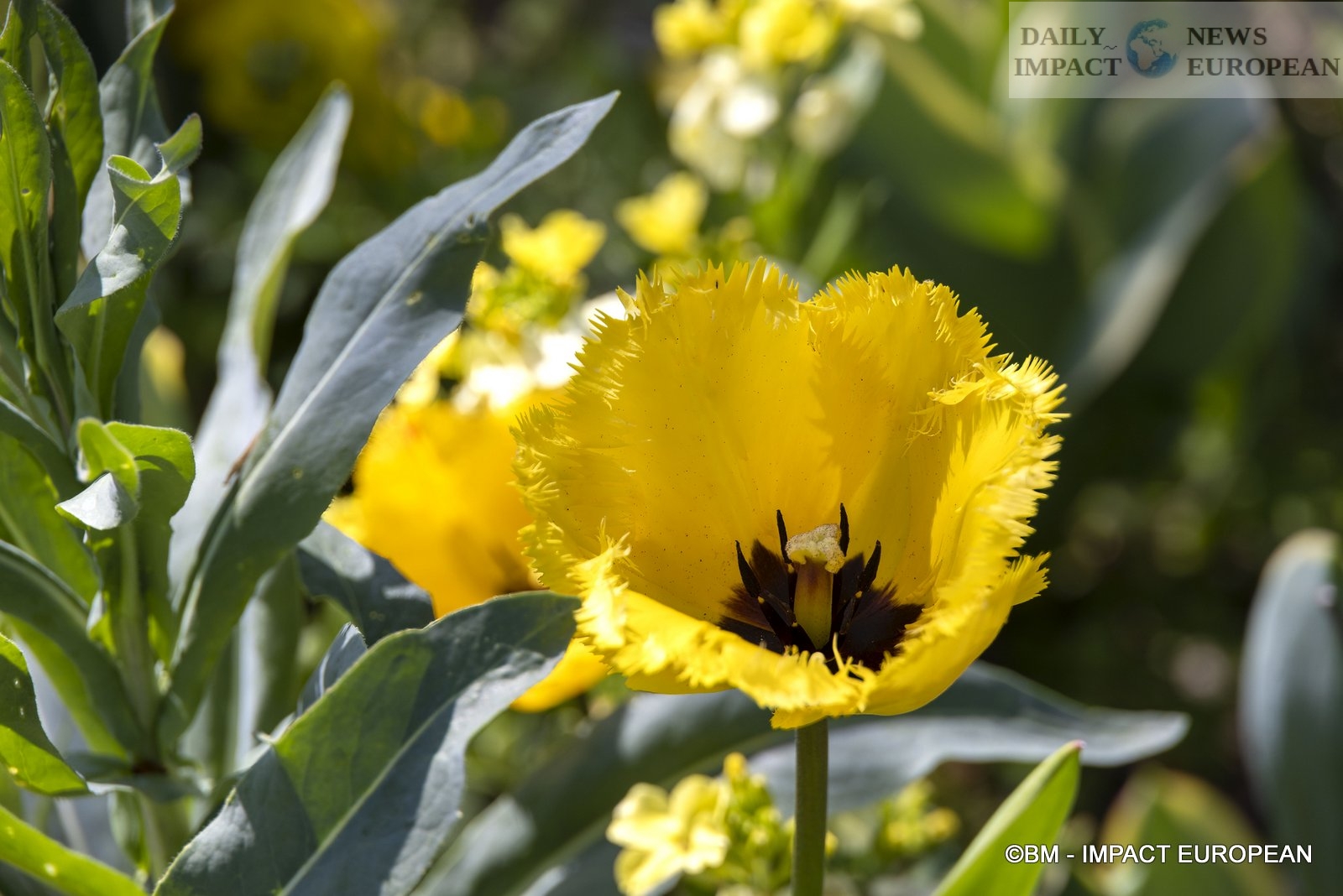
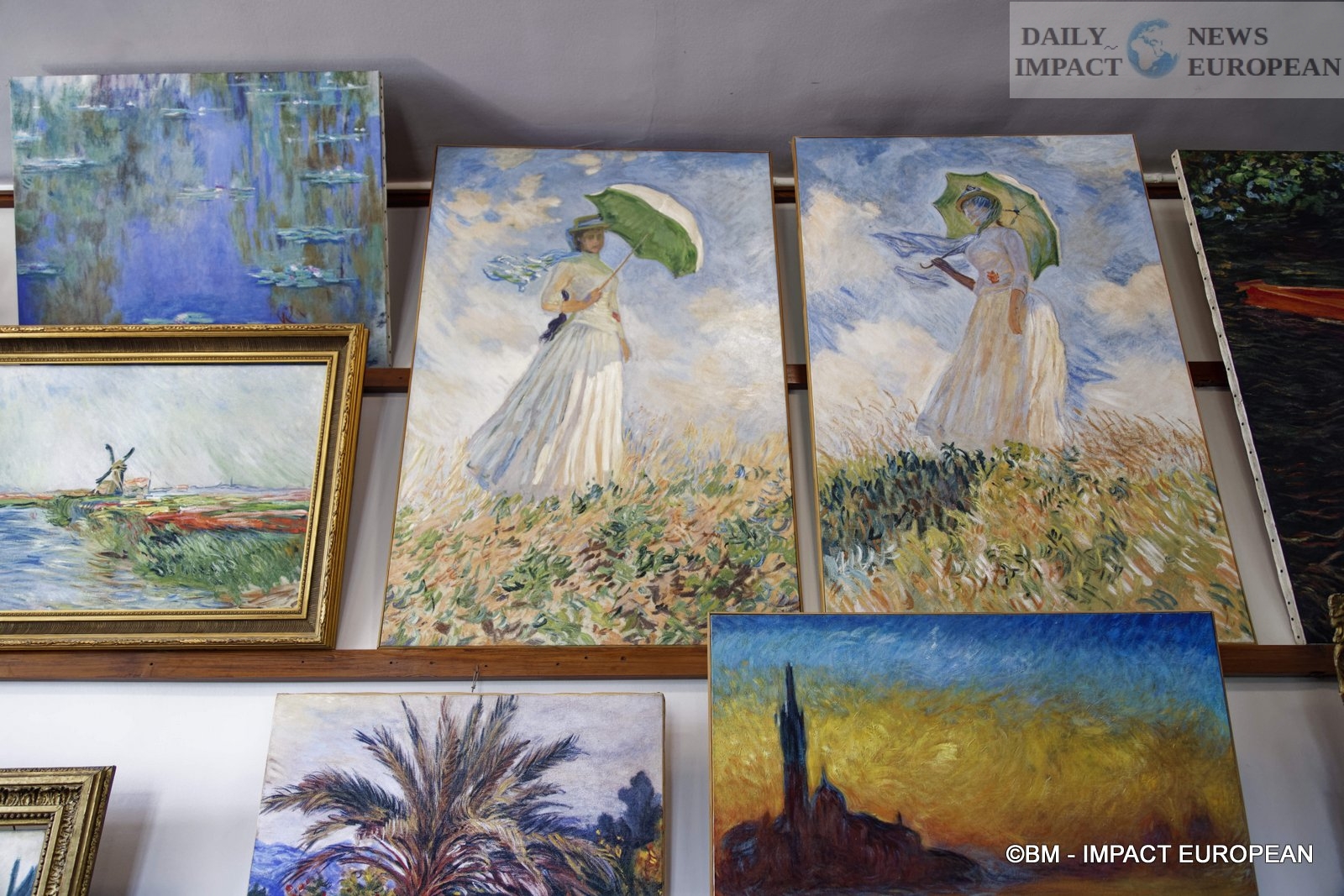
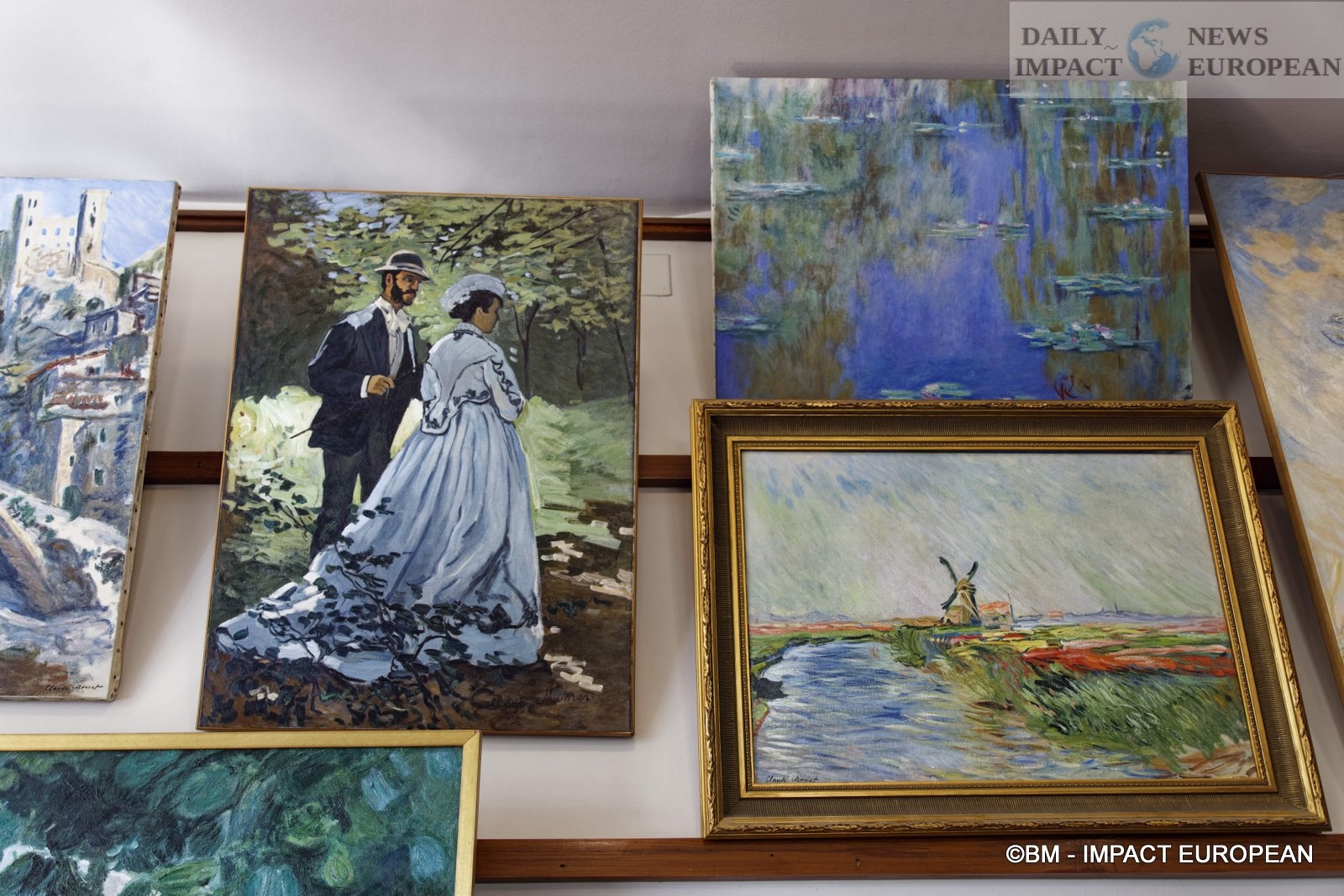


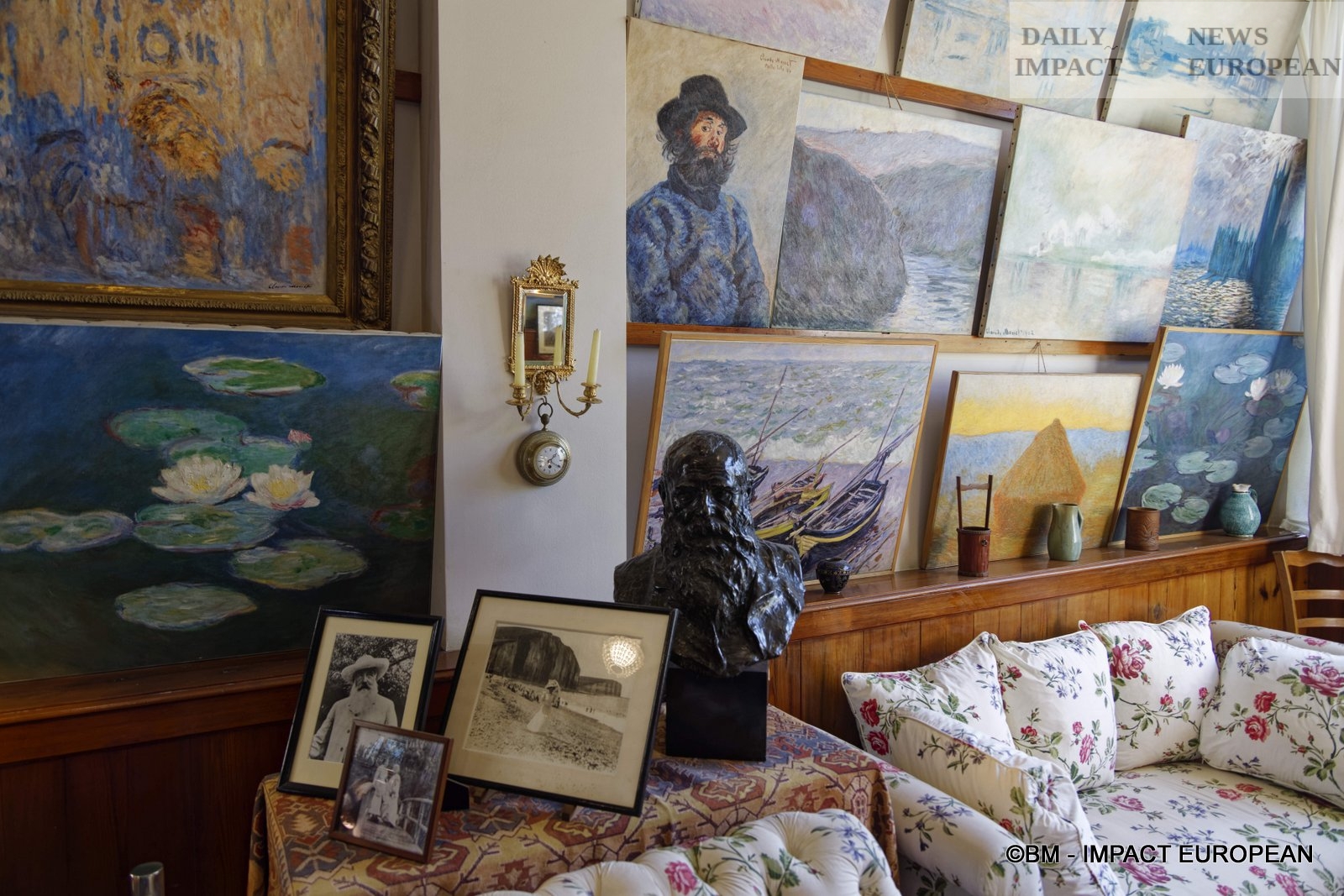
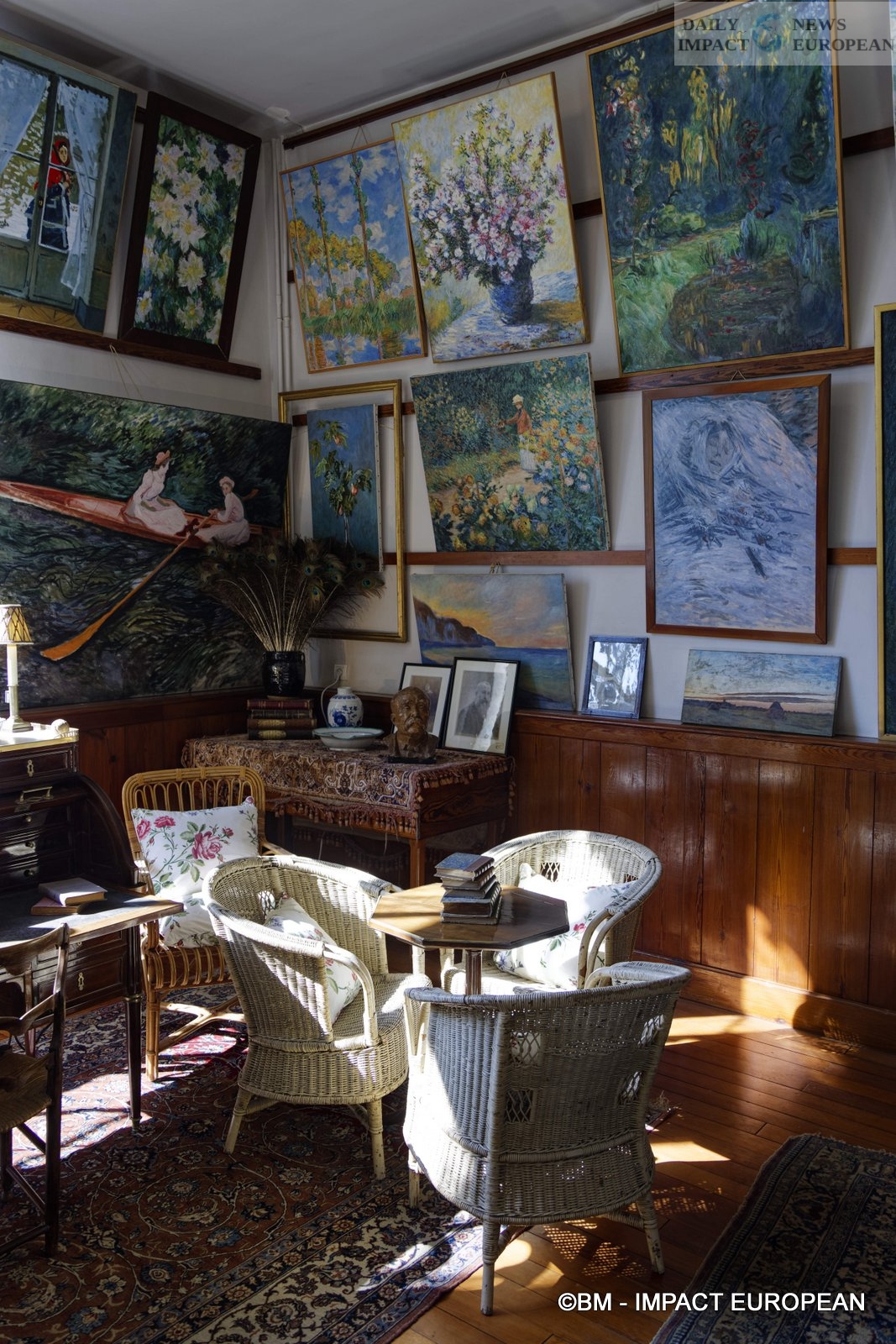
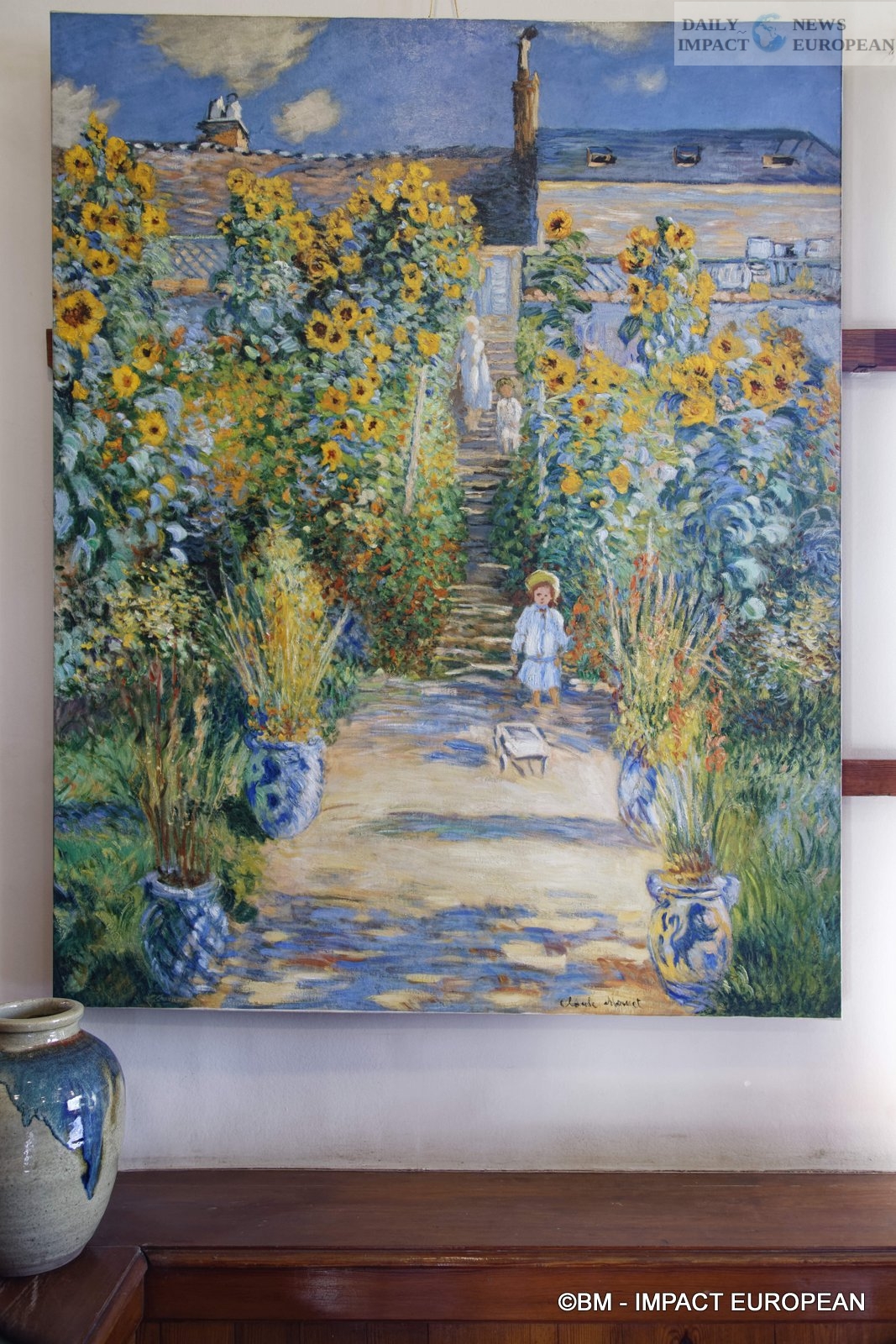
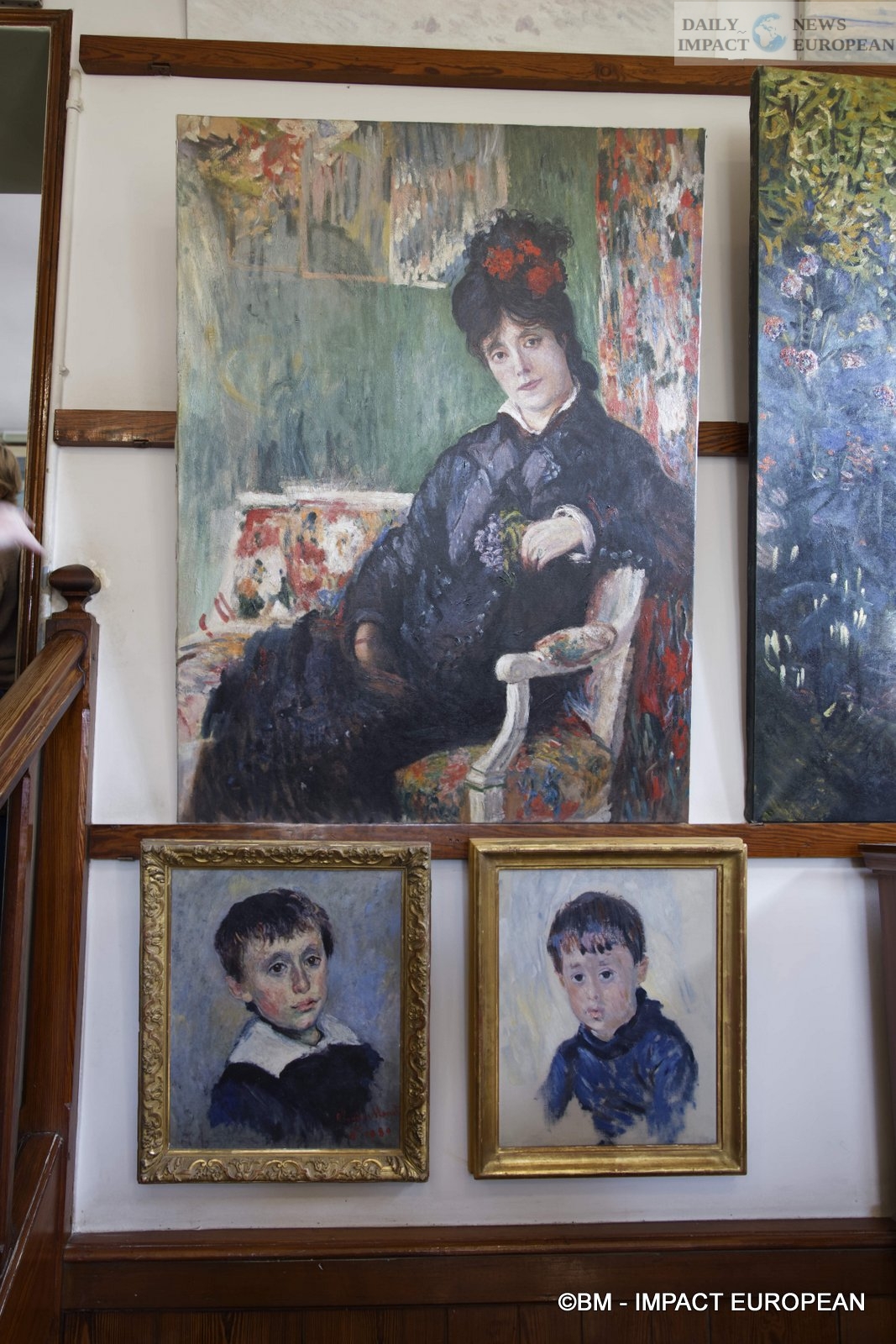
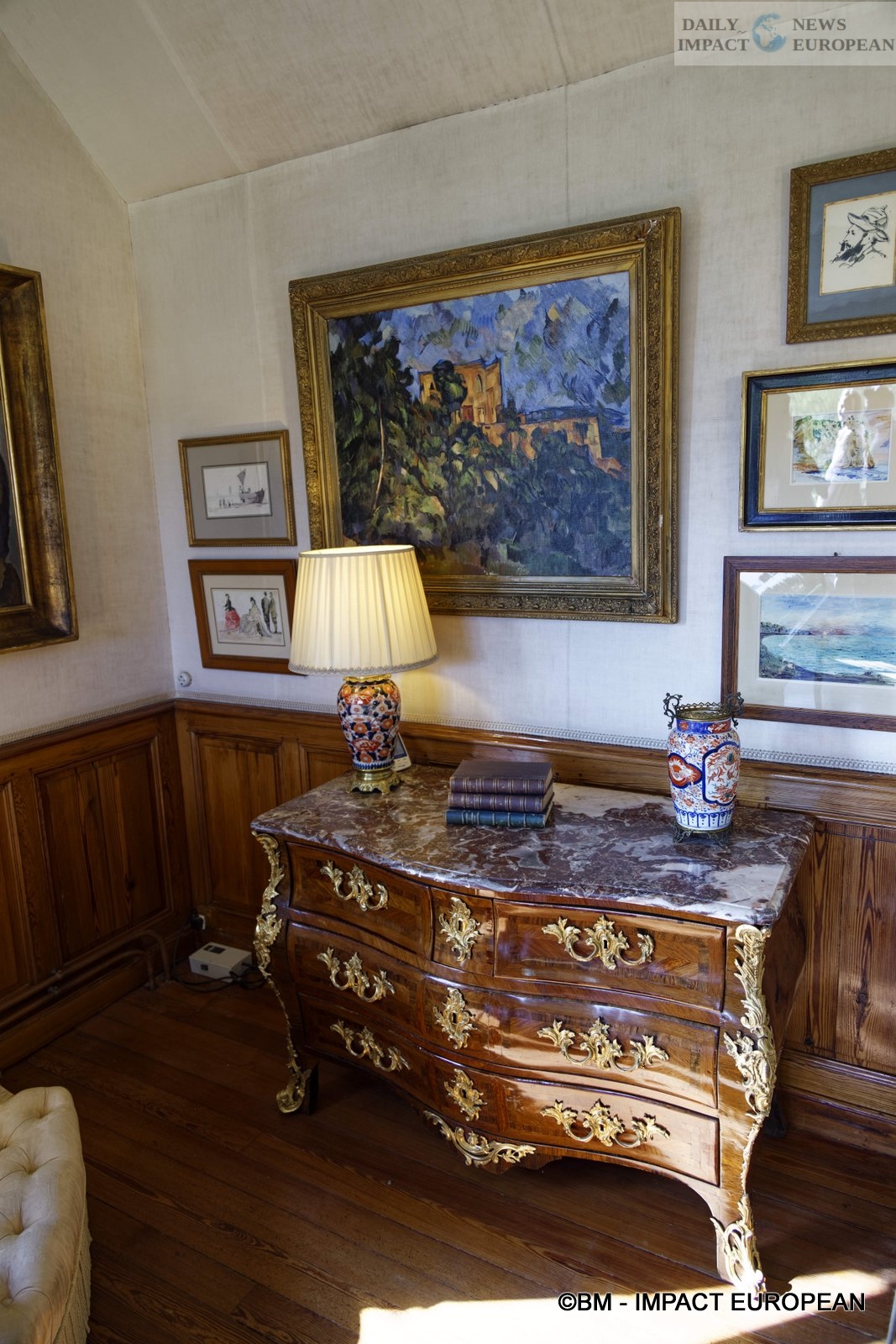
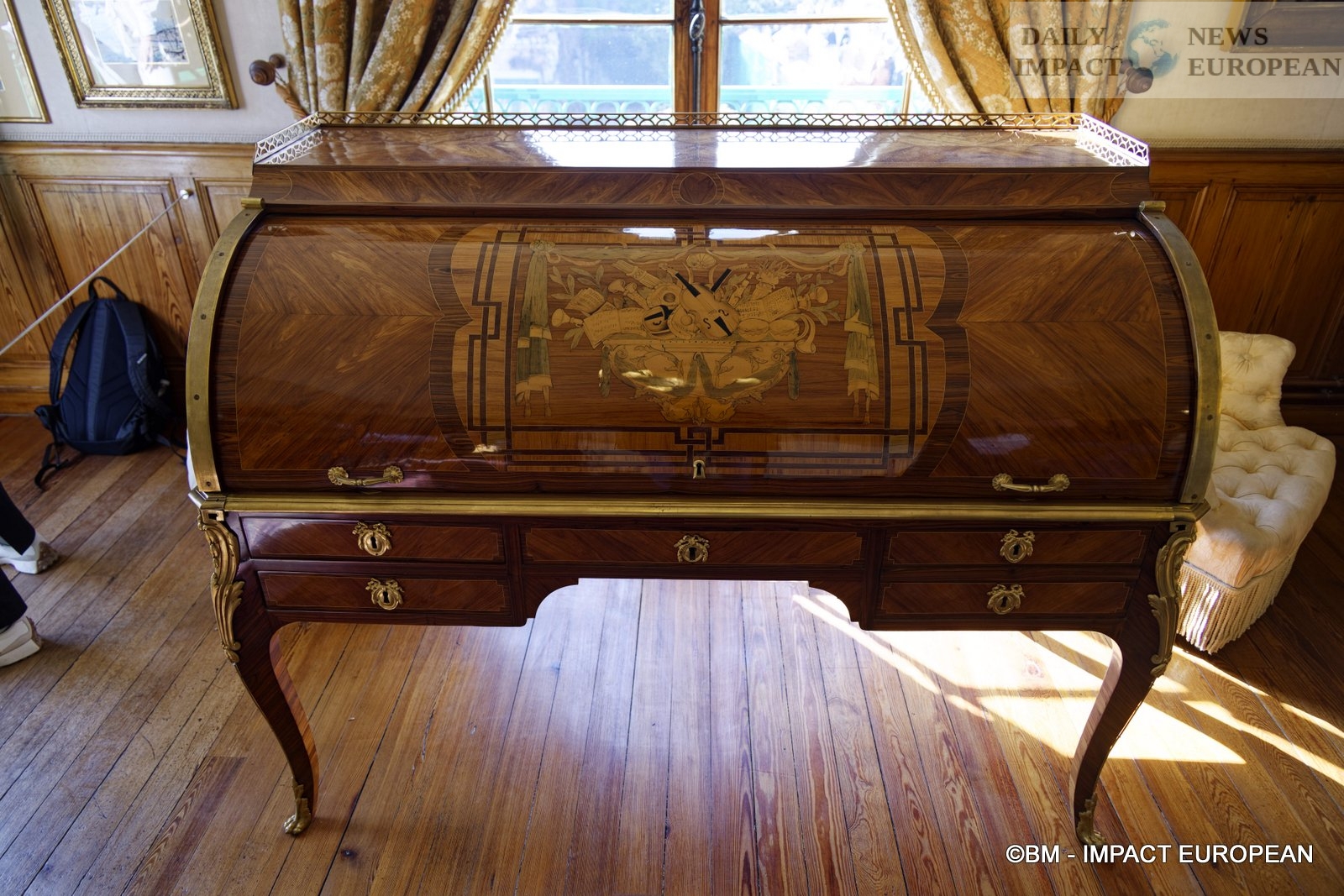
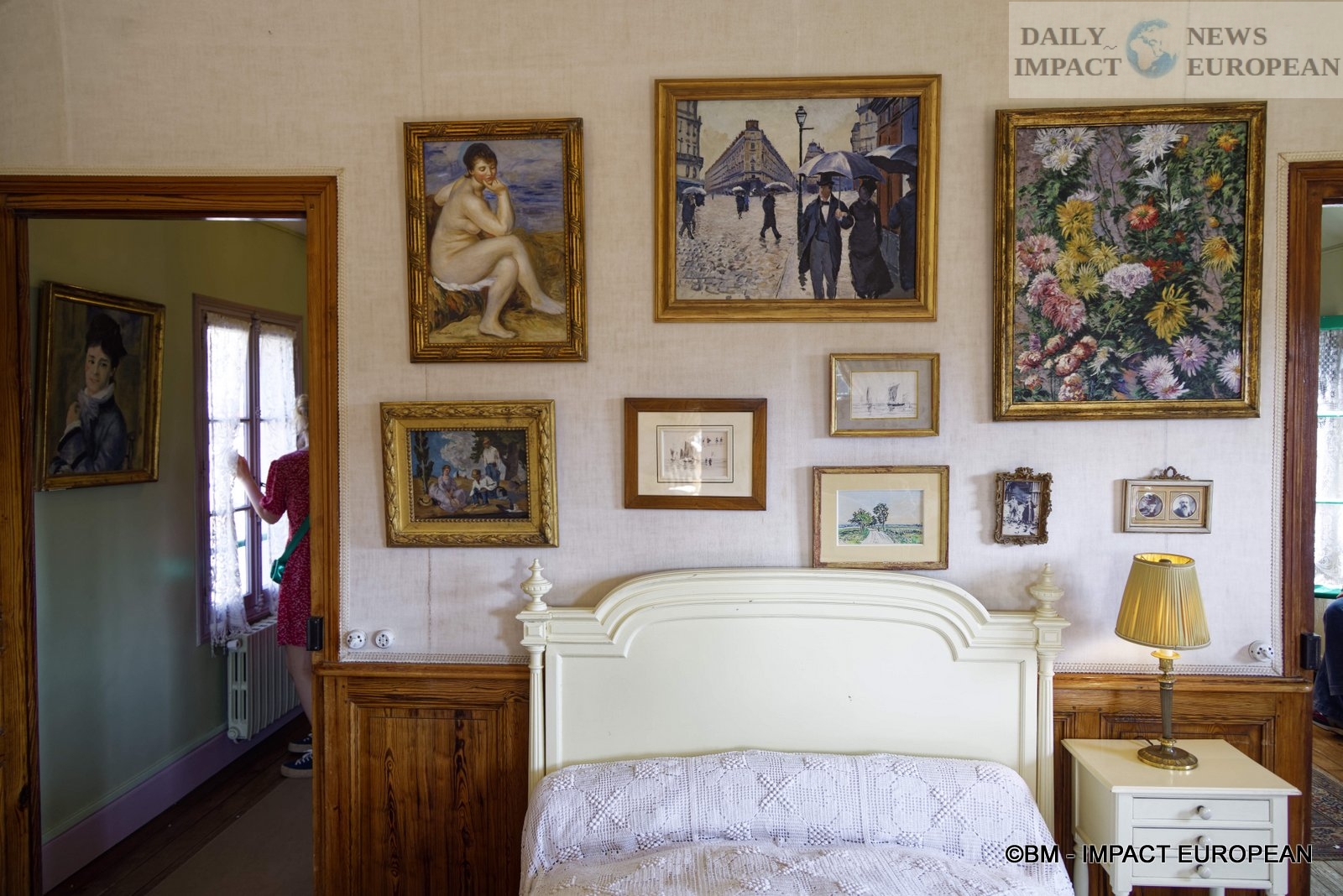
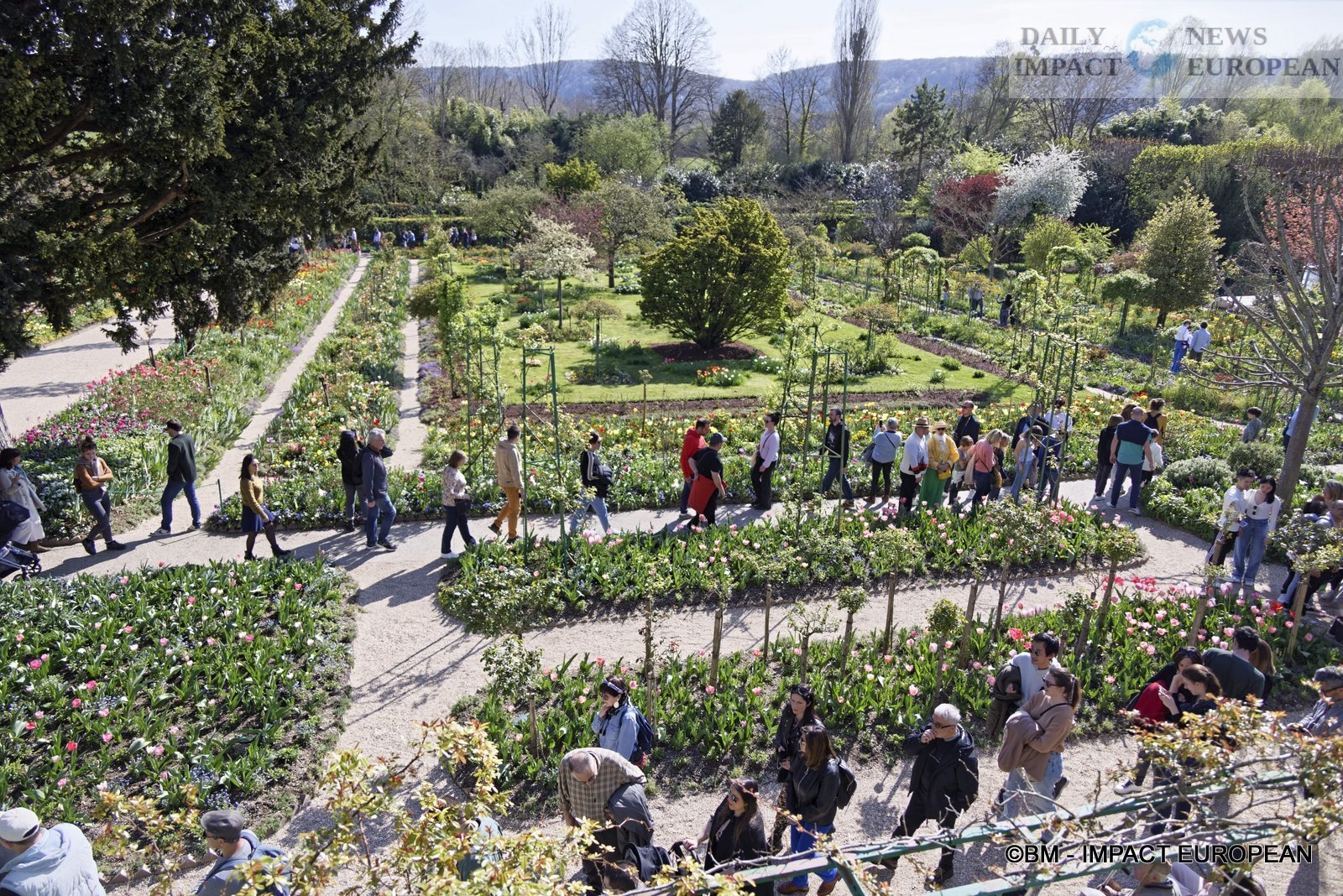
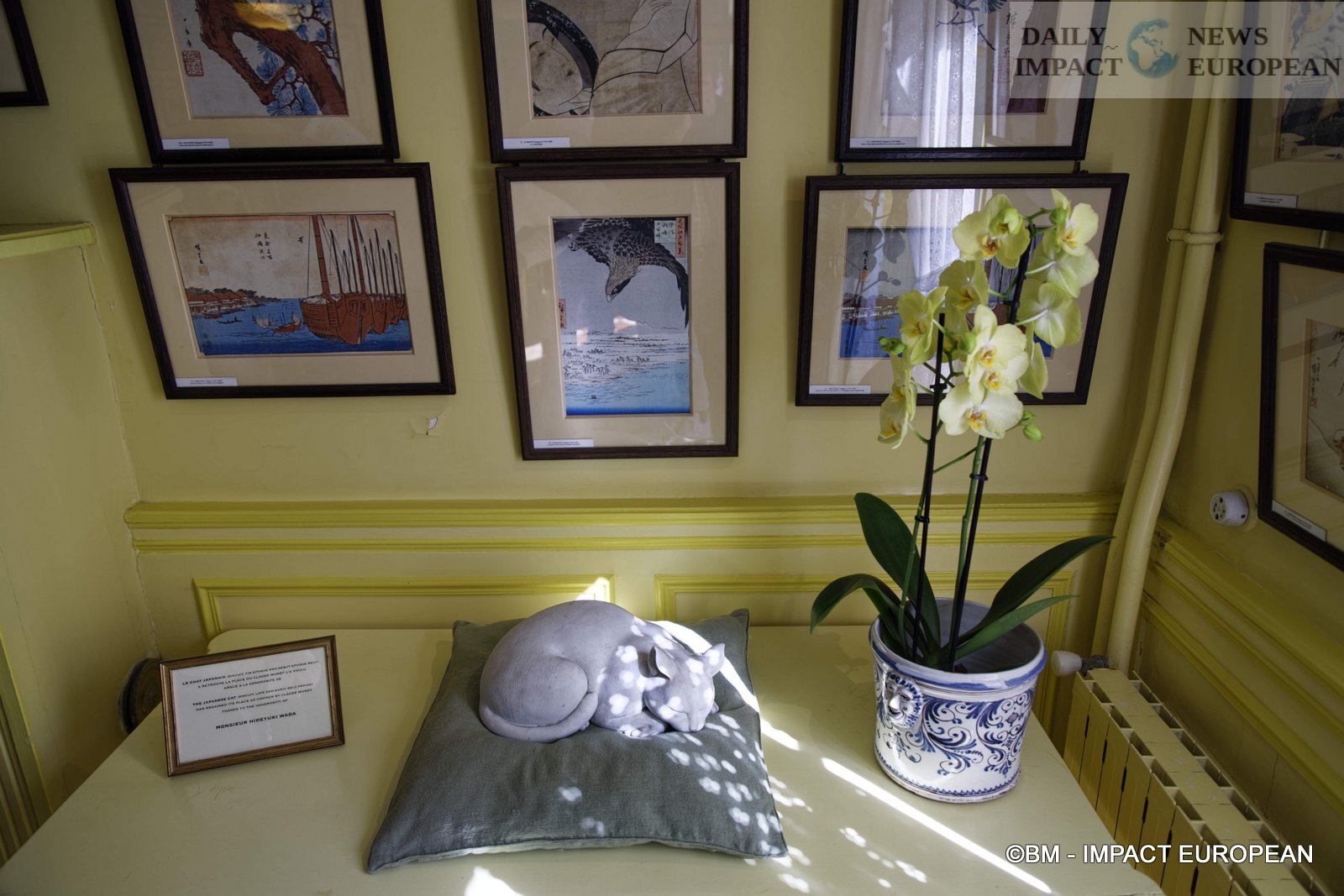
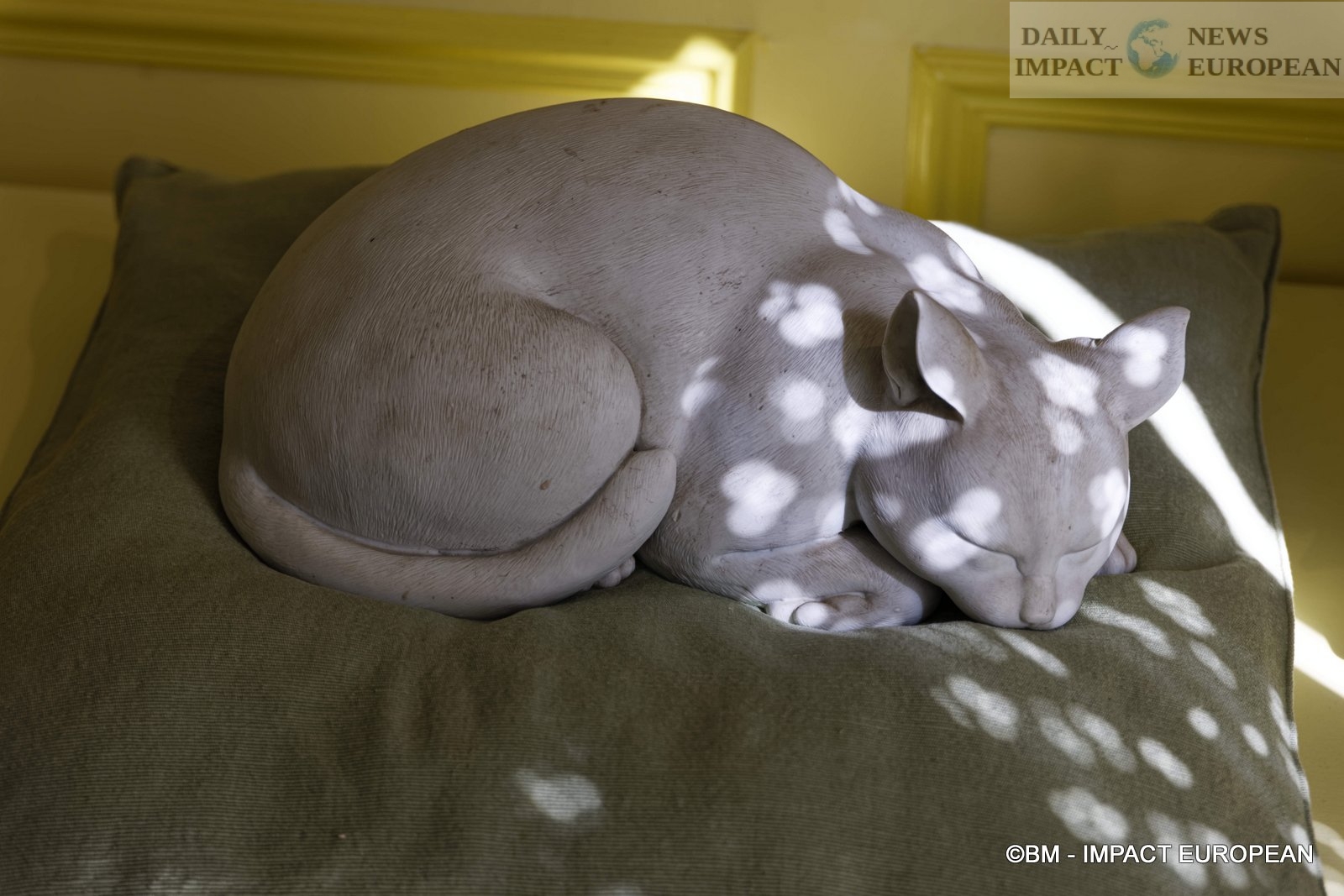


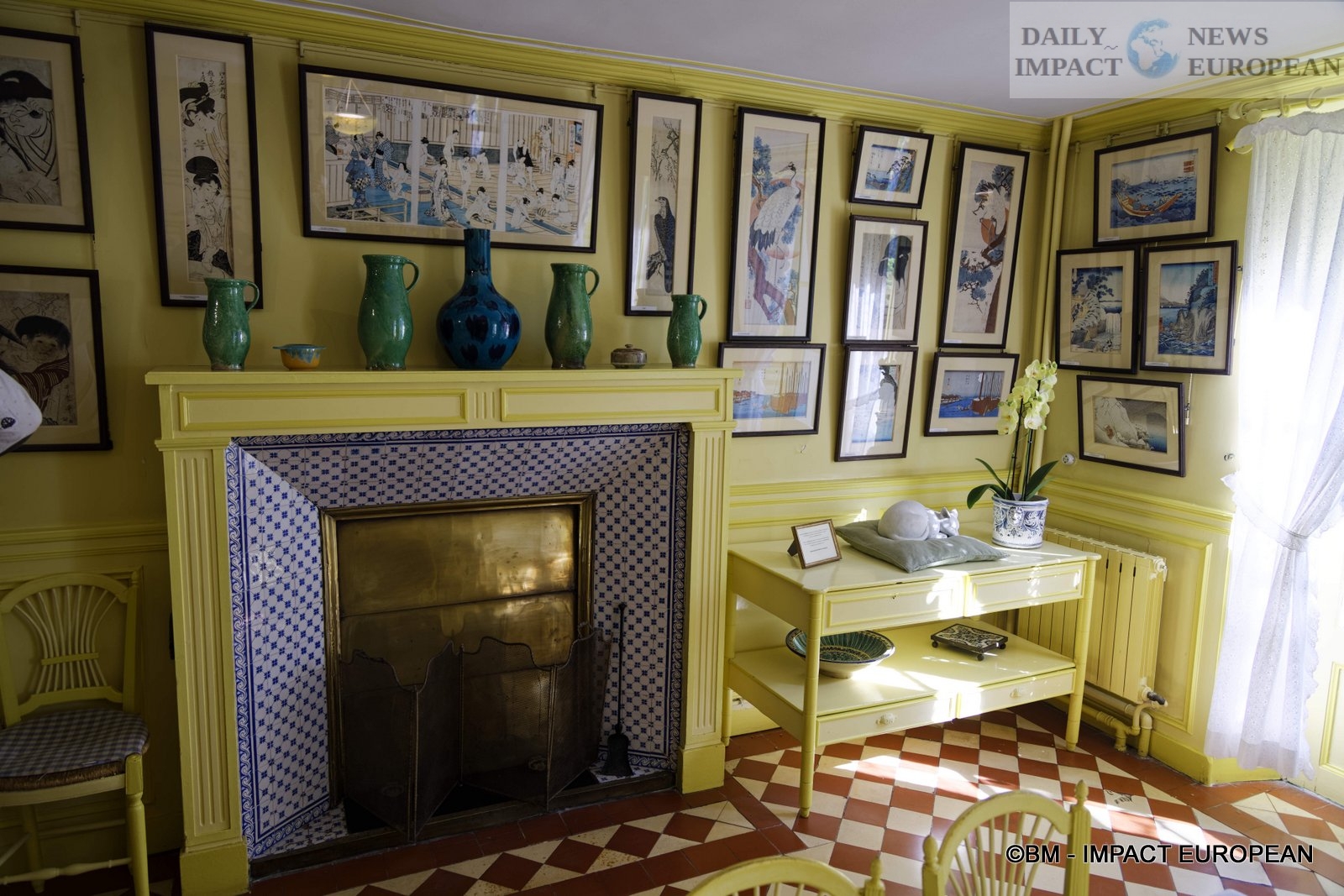
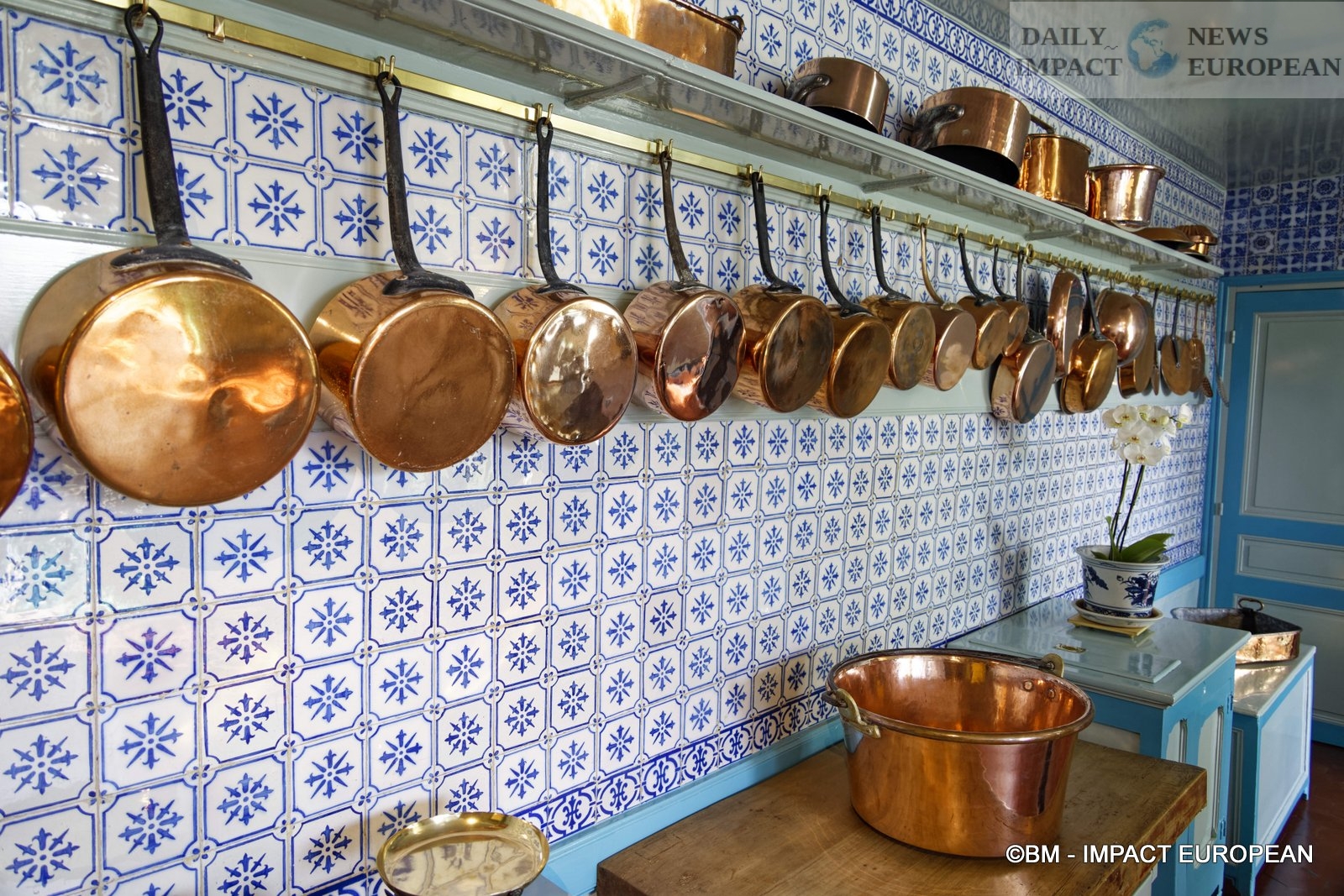
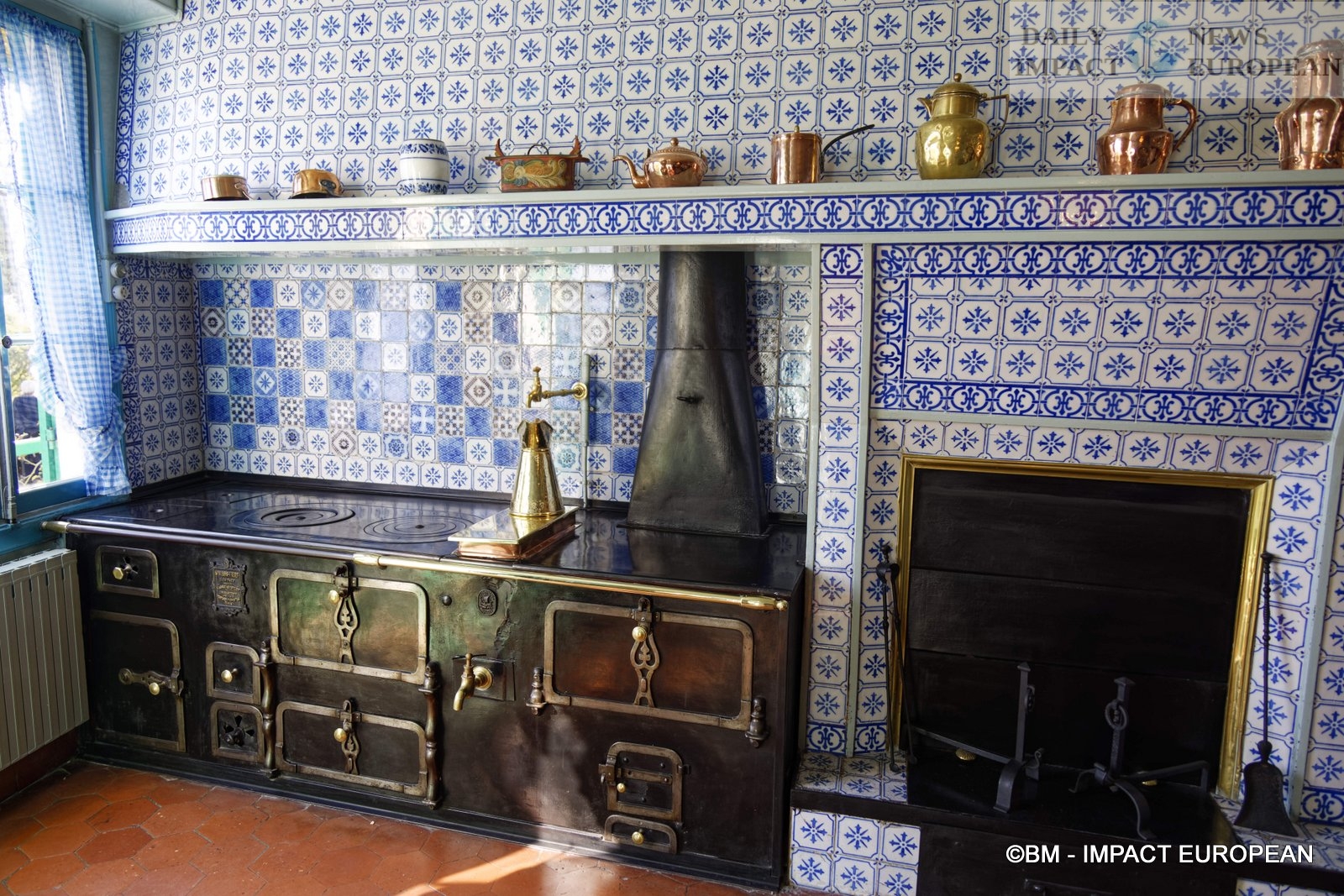
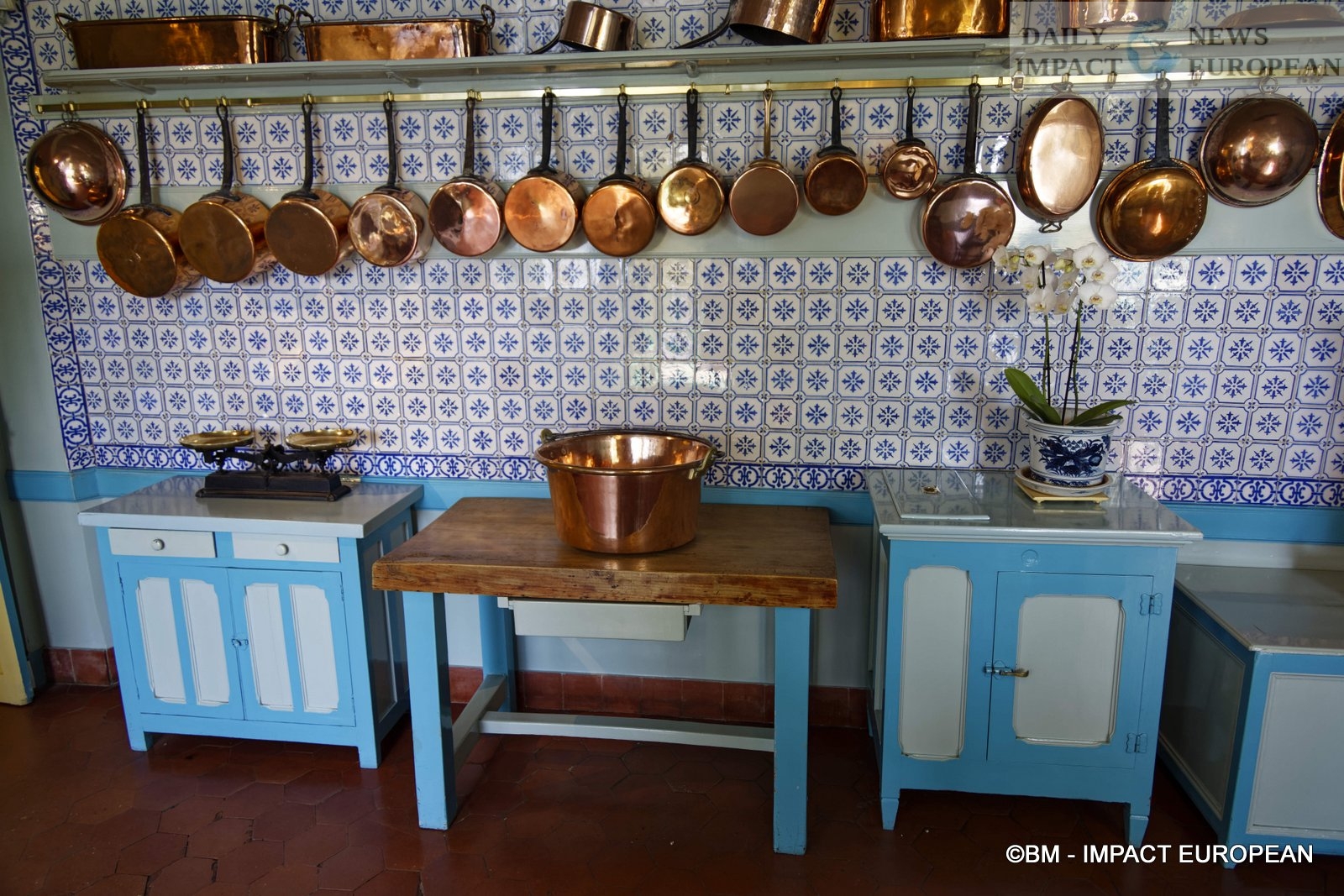
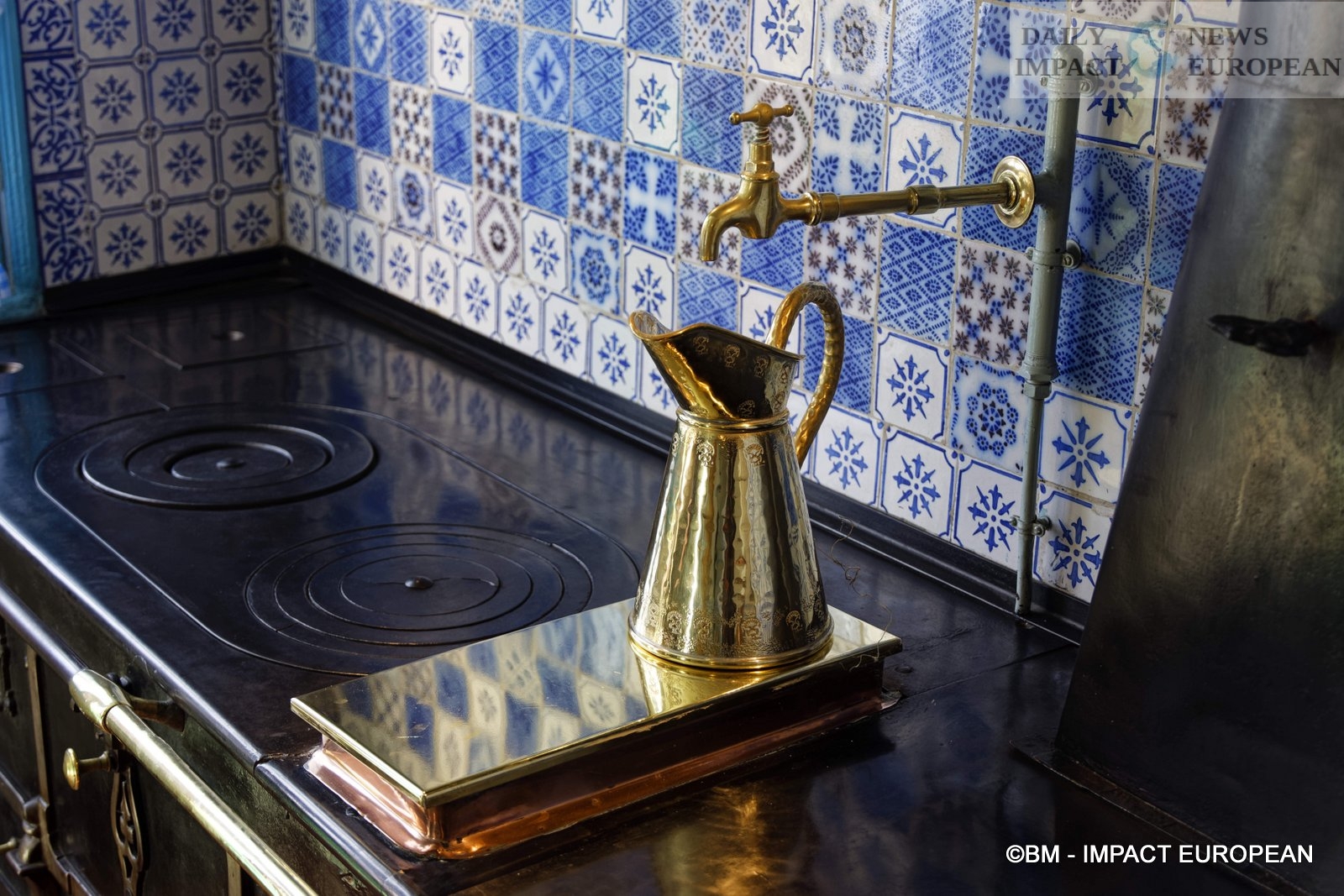

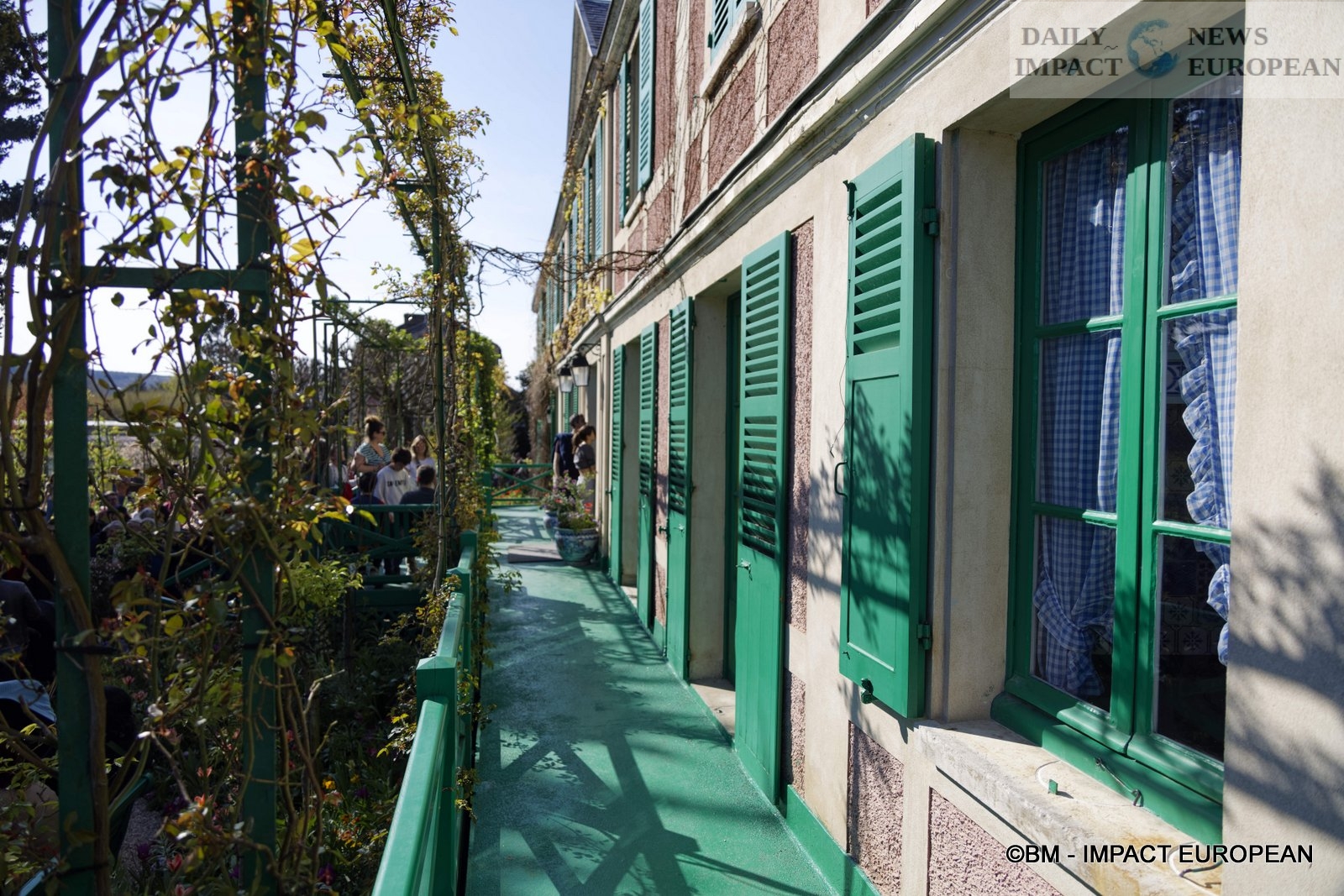
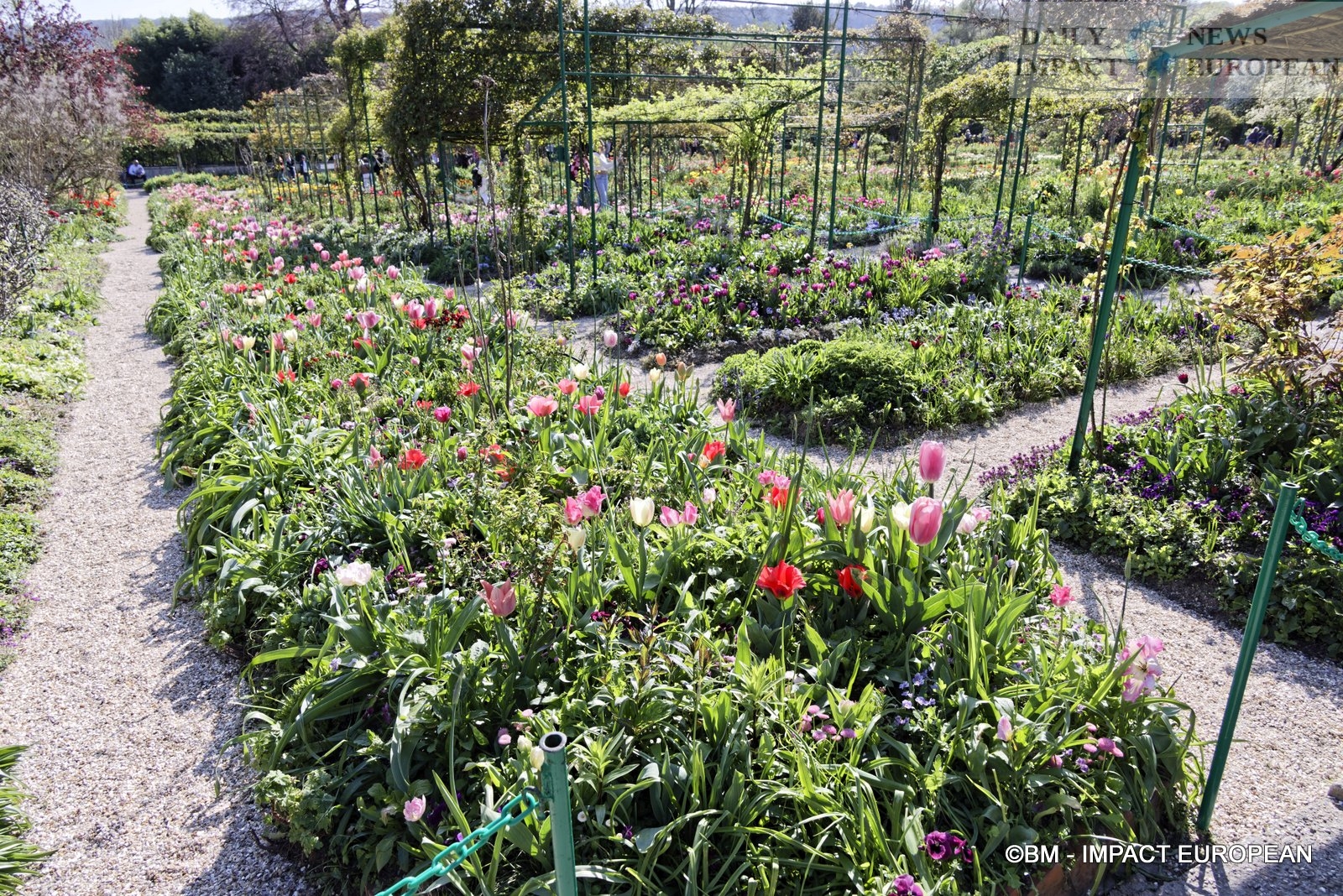
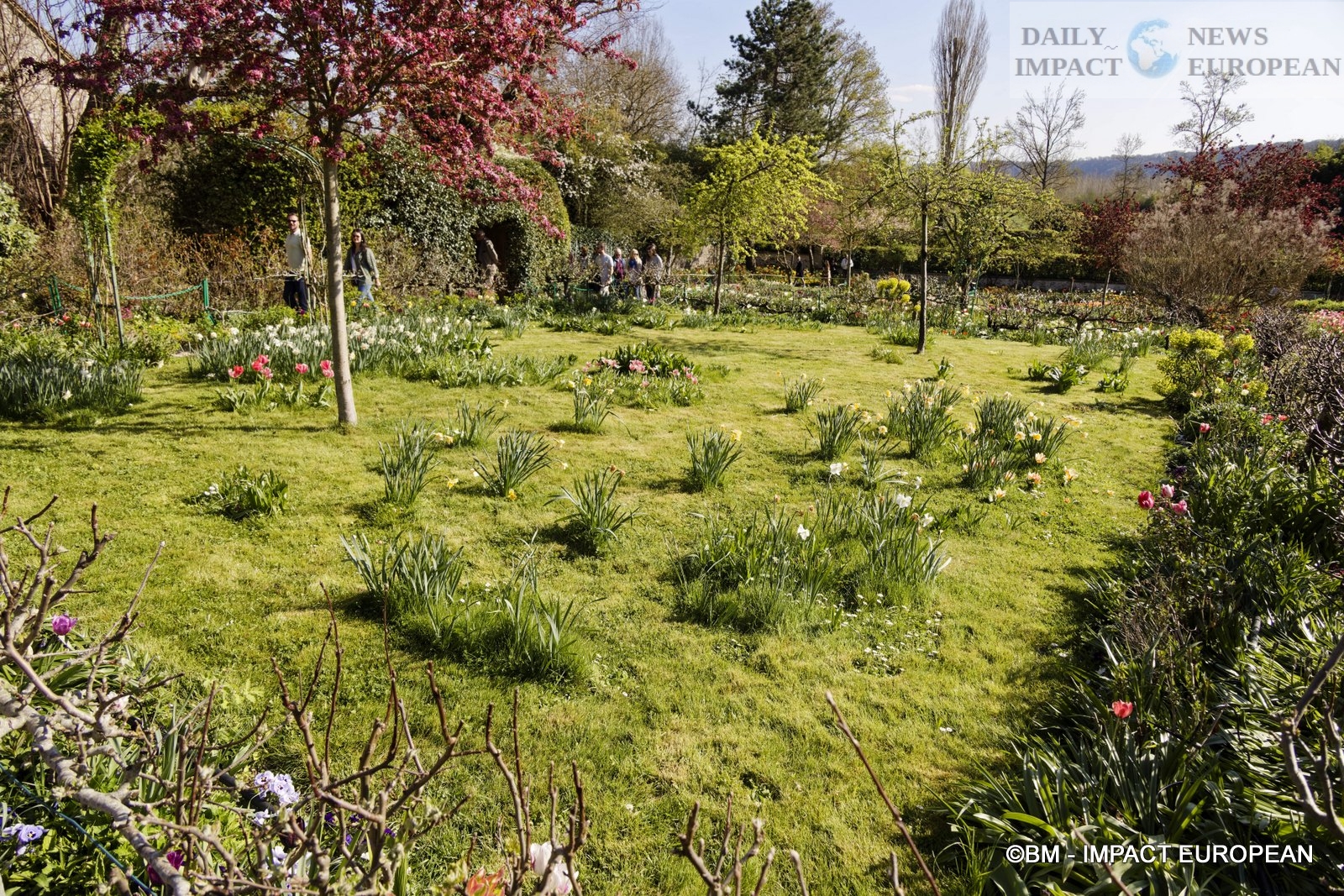
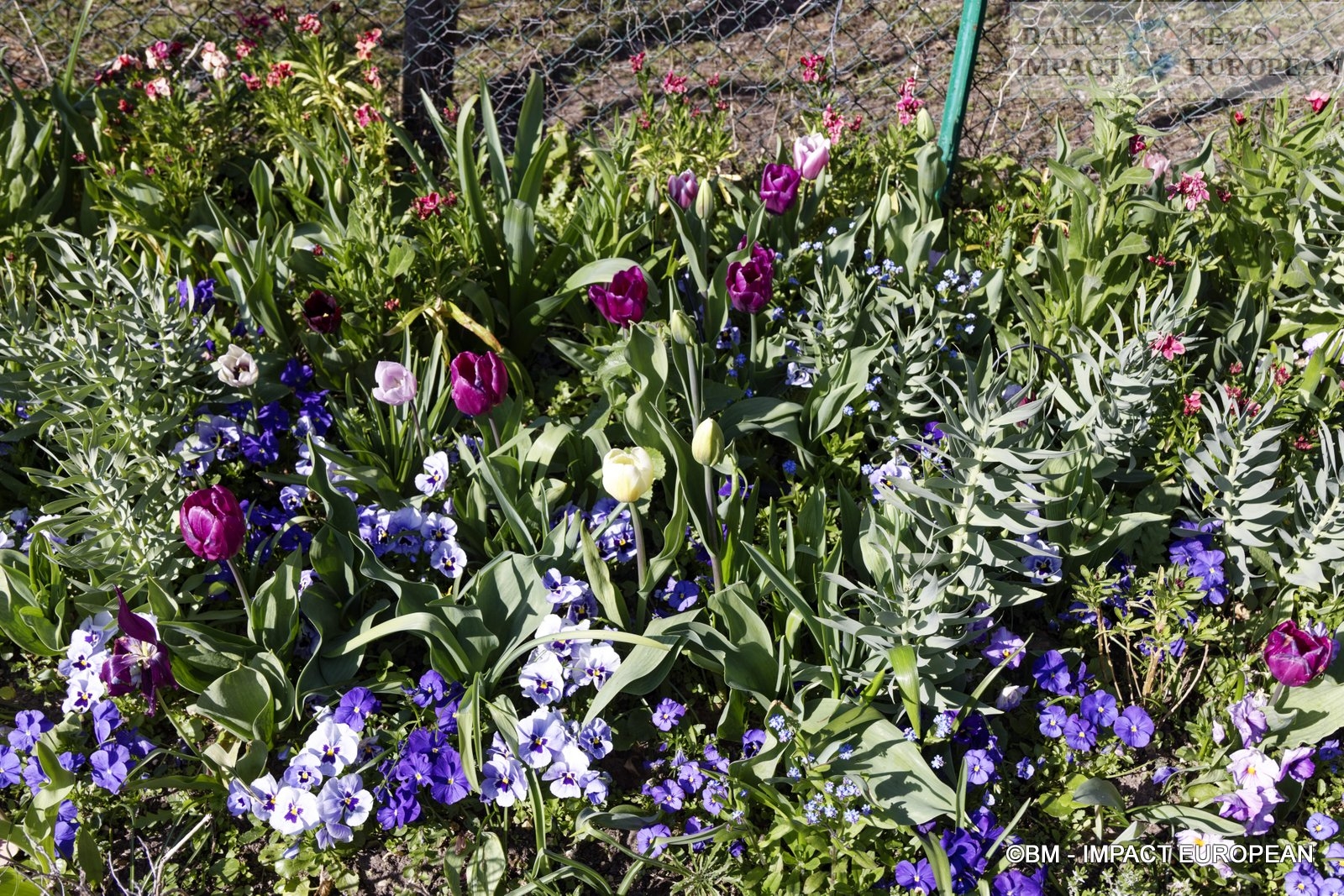
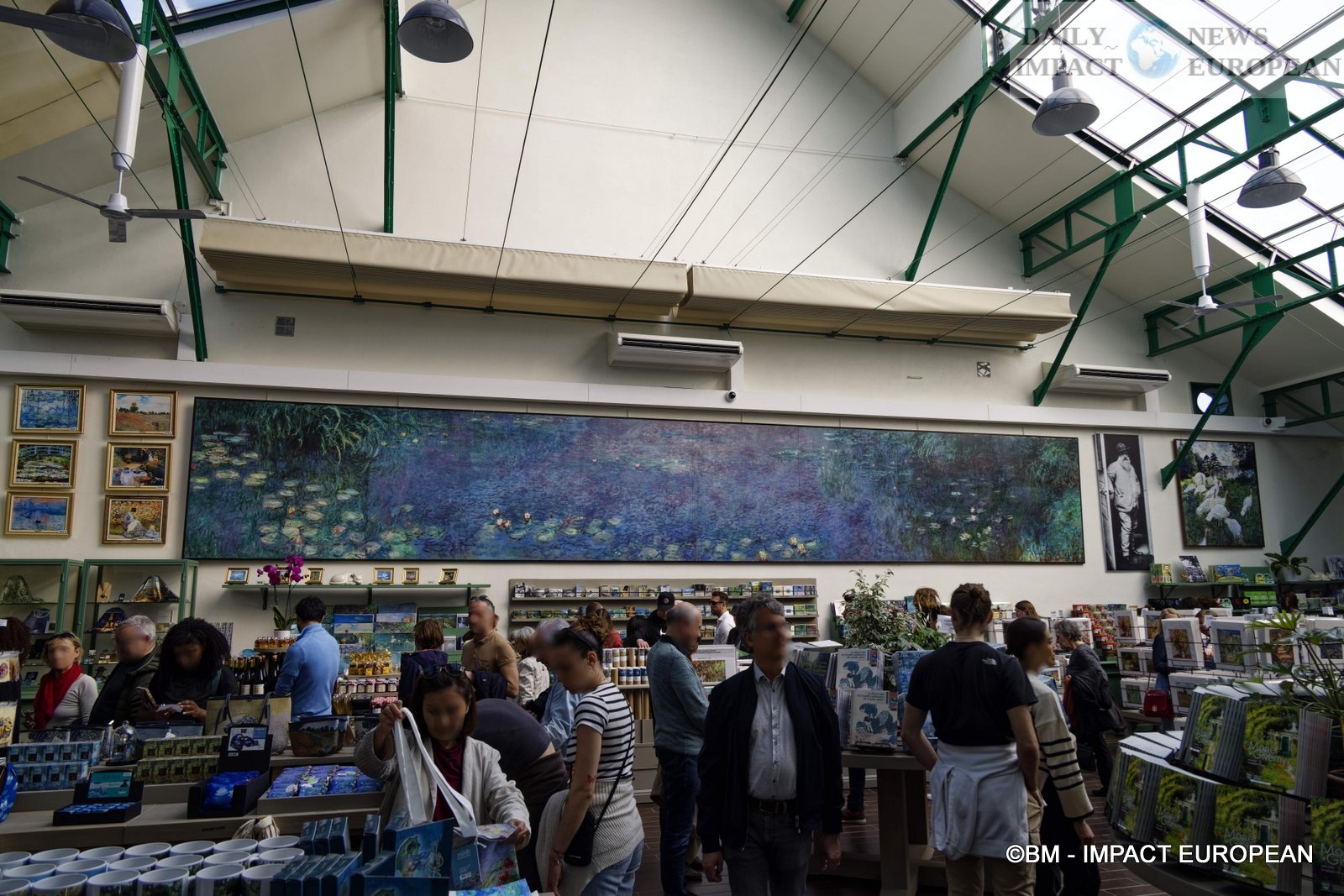
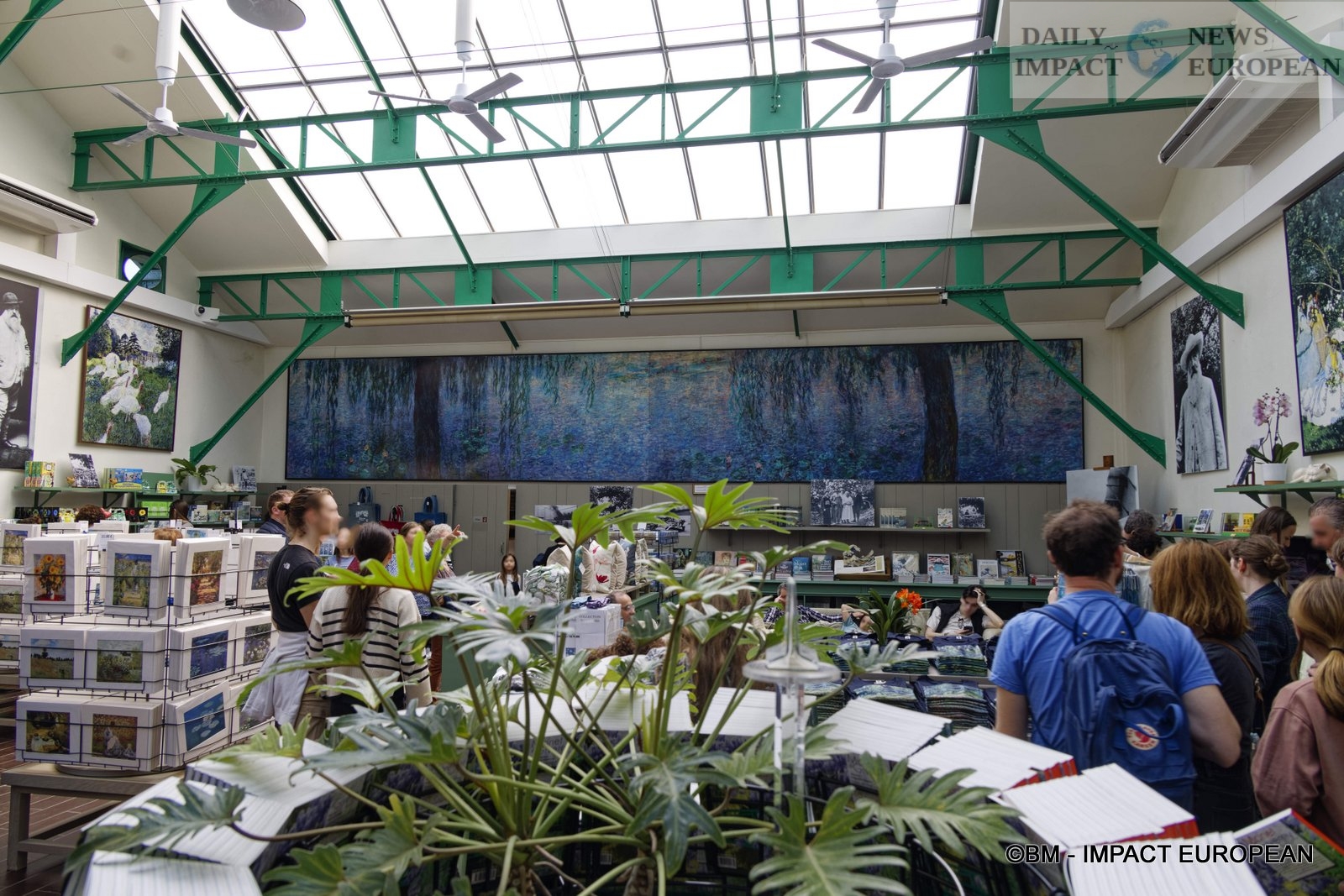
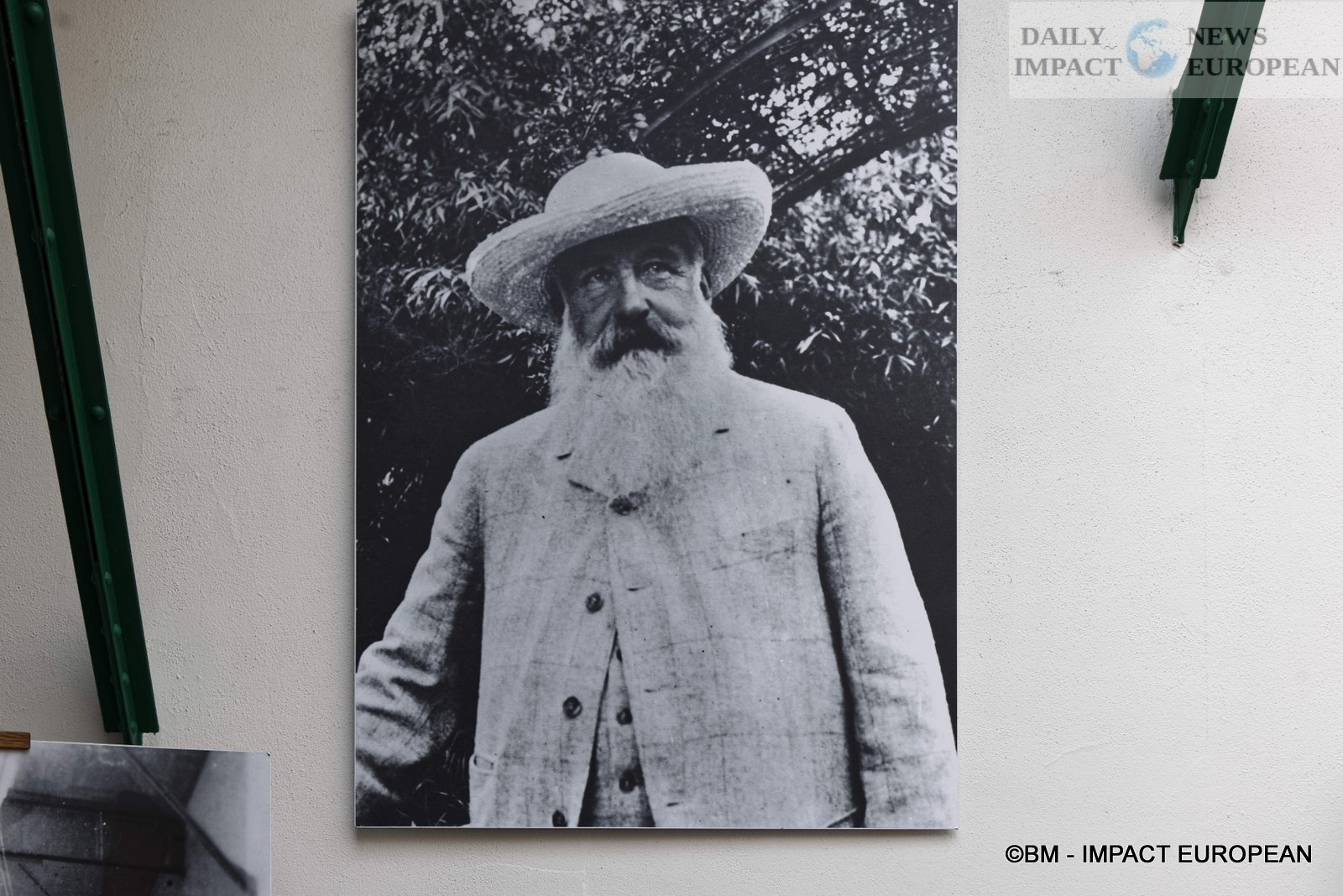
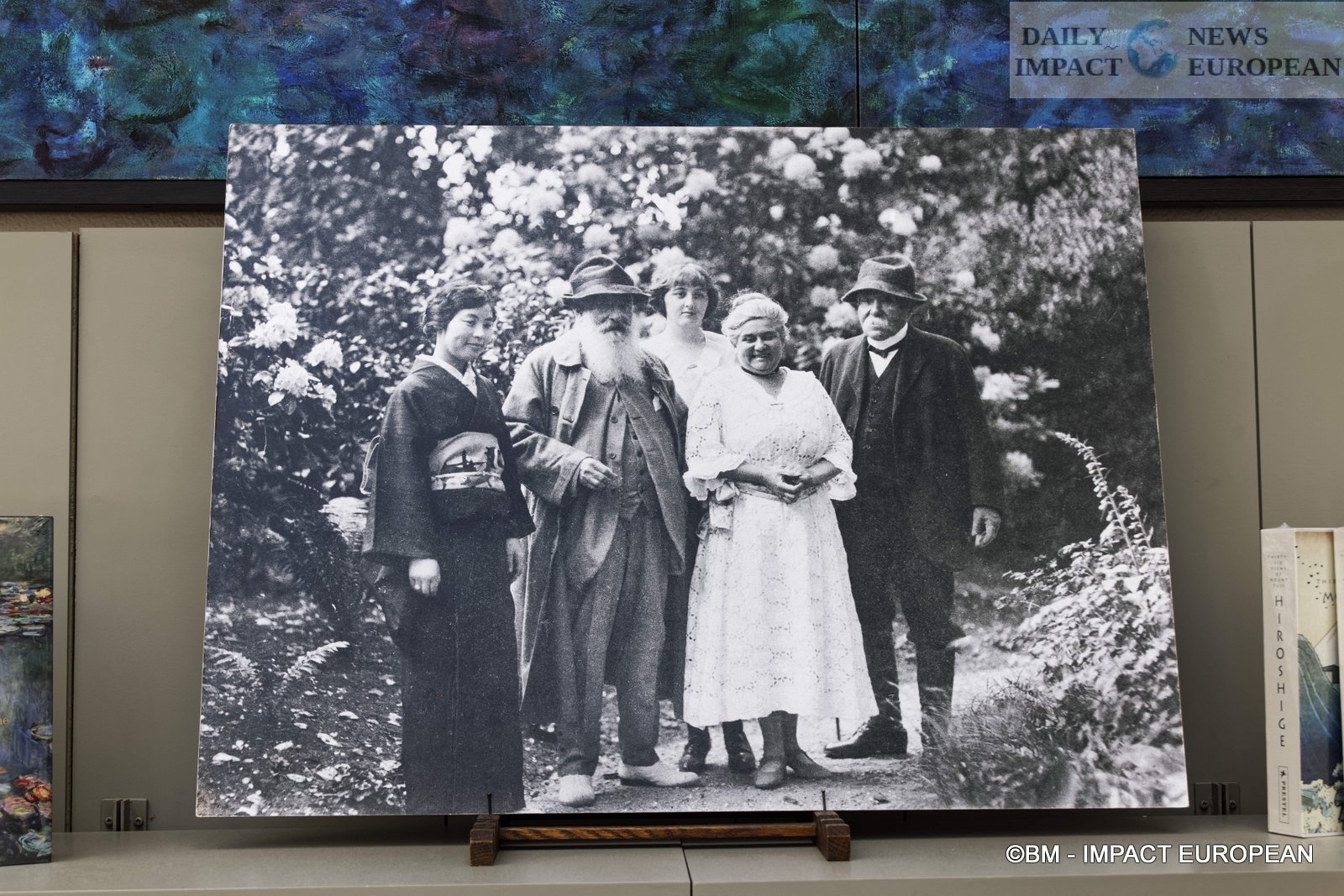
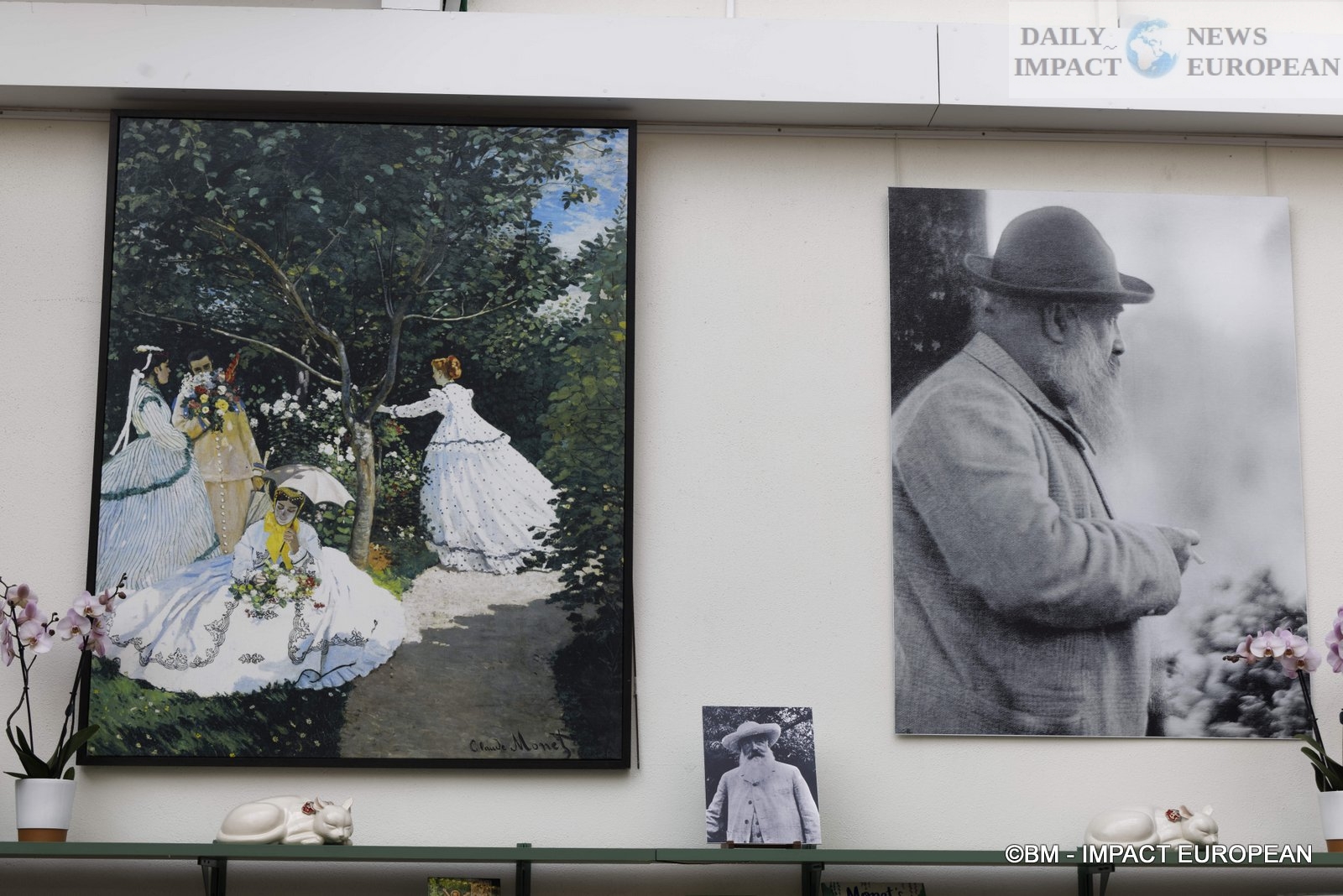
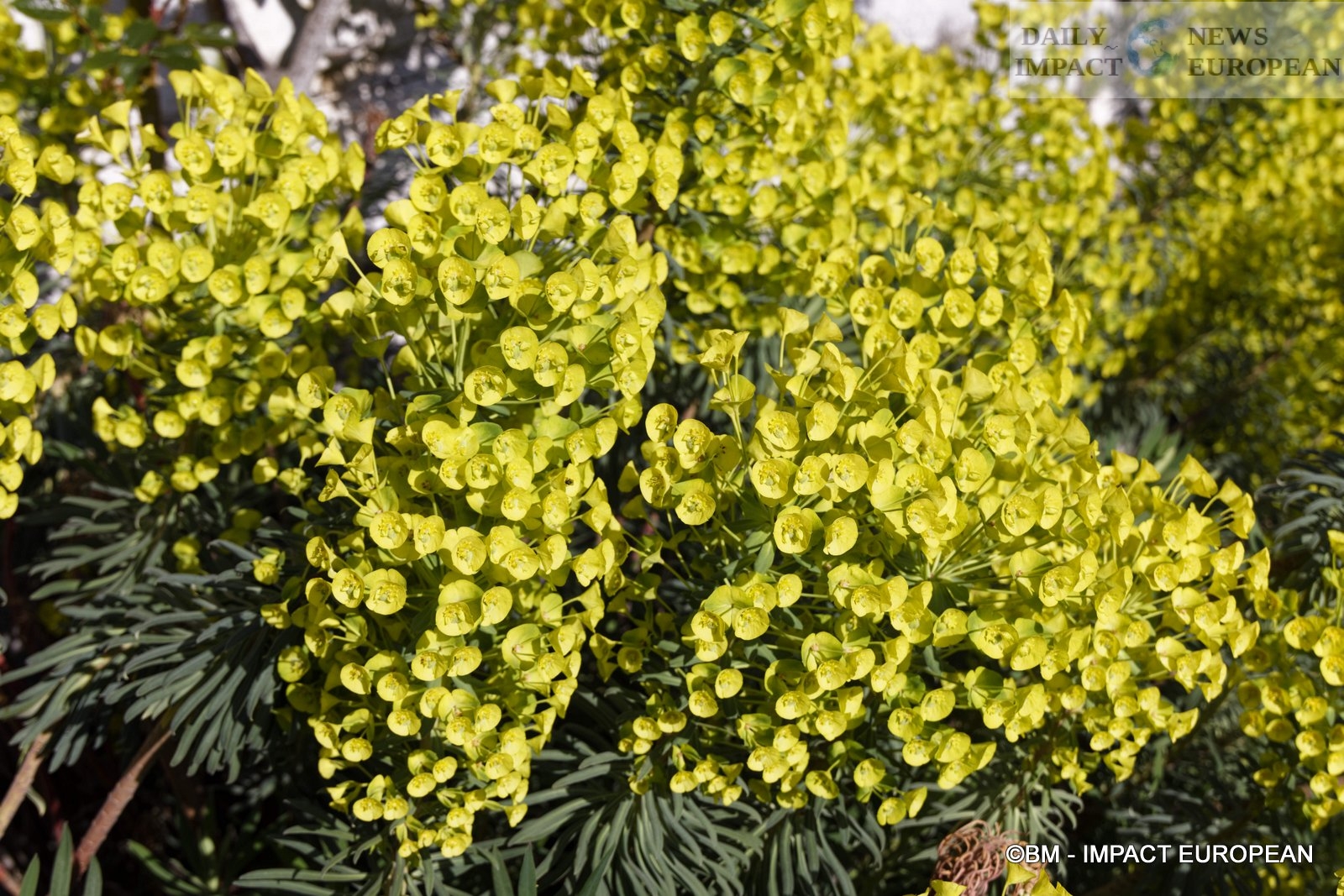
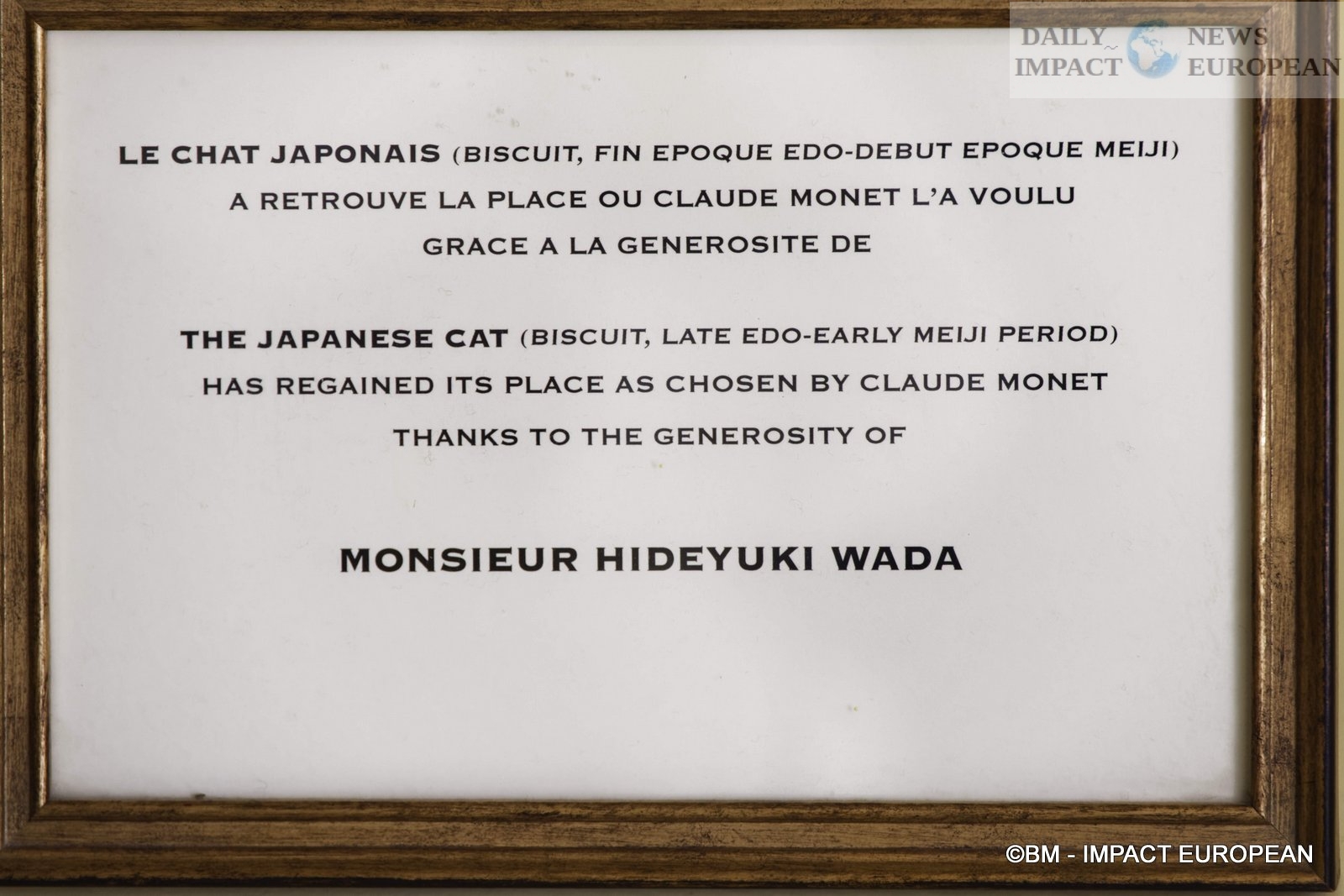
Plus d'histoires
The Sandman’s Daughter ice show
Île-de-France’s “Chanté Nwèl” Lights Up Saint-Ouen with Caribbean Warmth
Eternal Tribute to CitéStars’ Stars